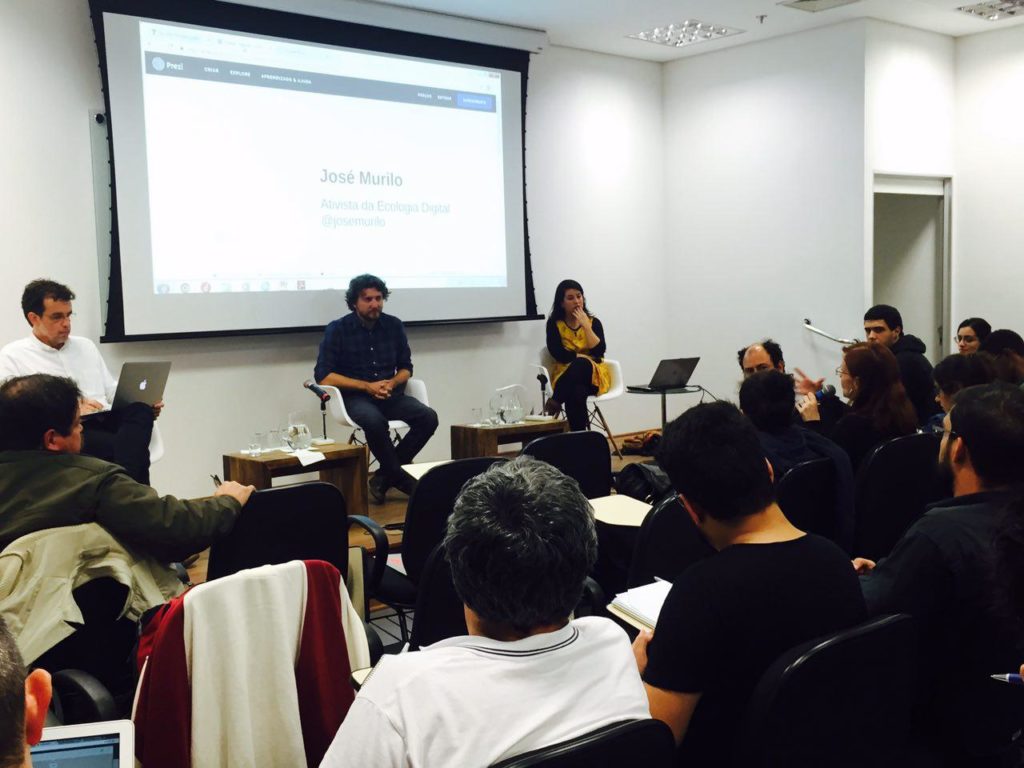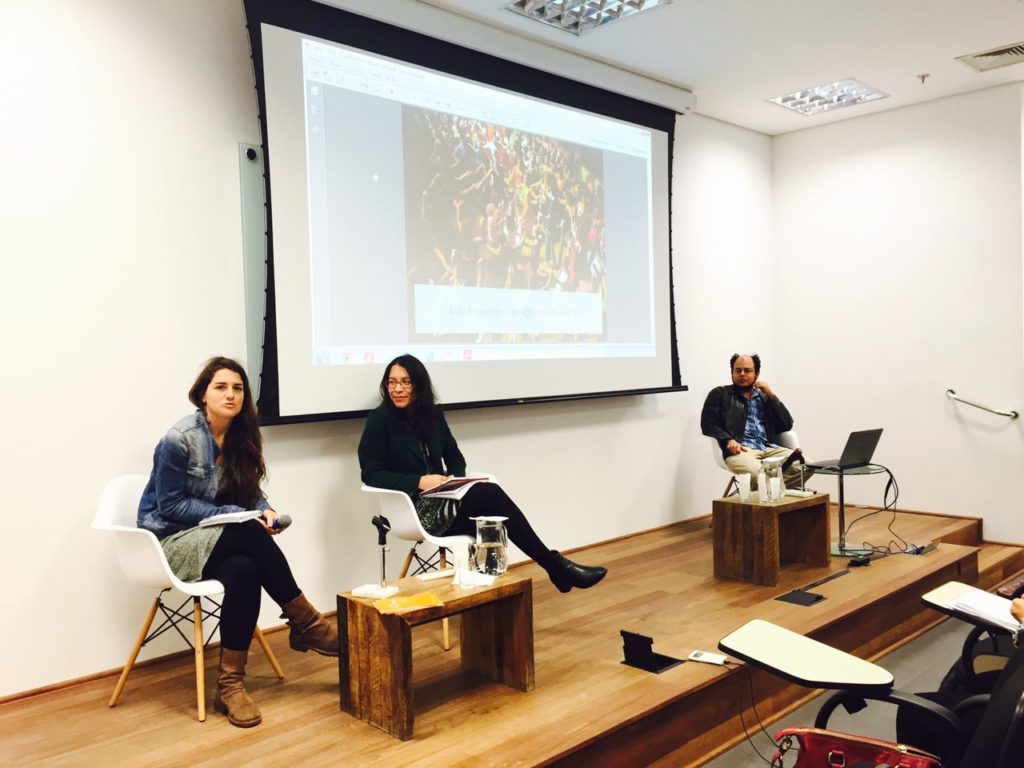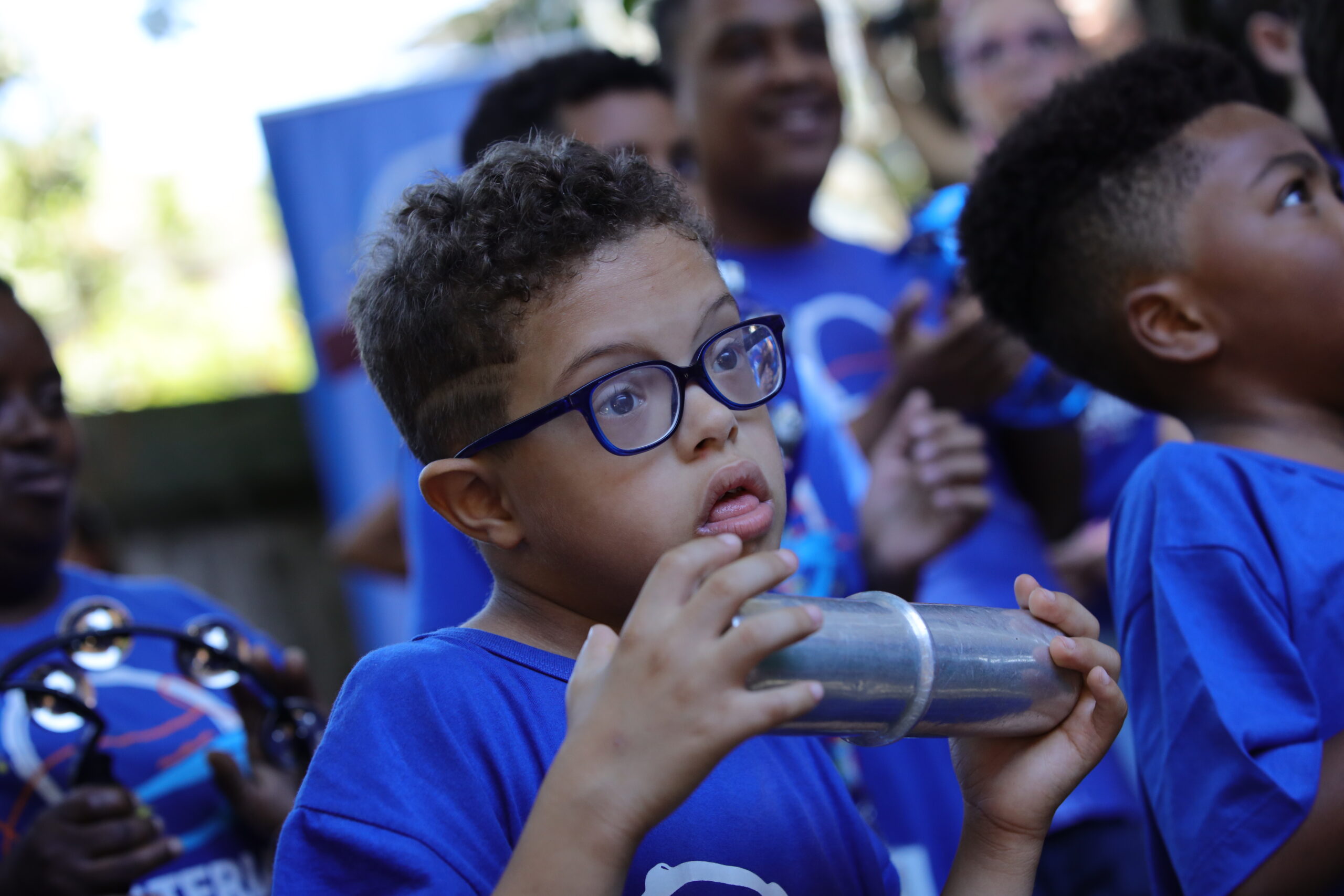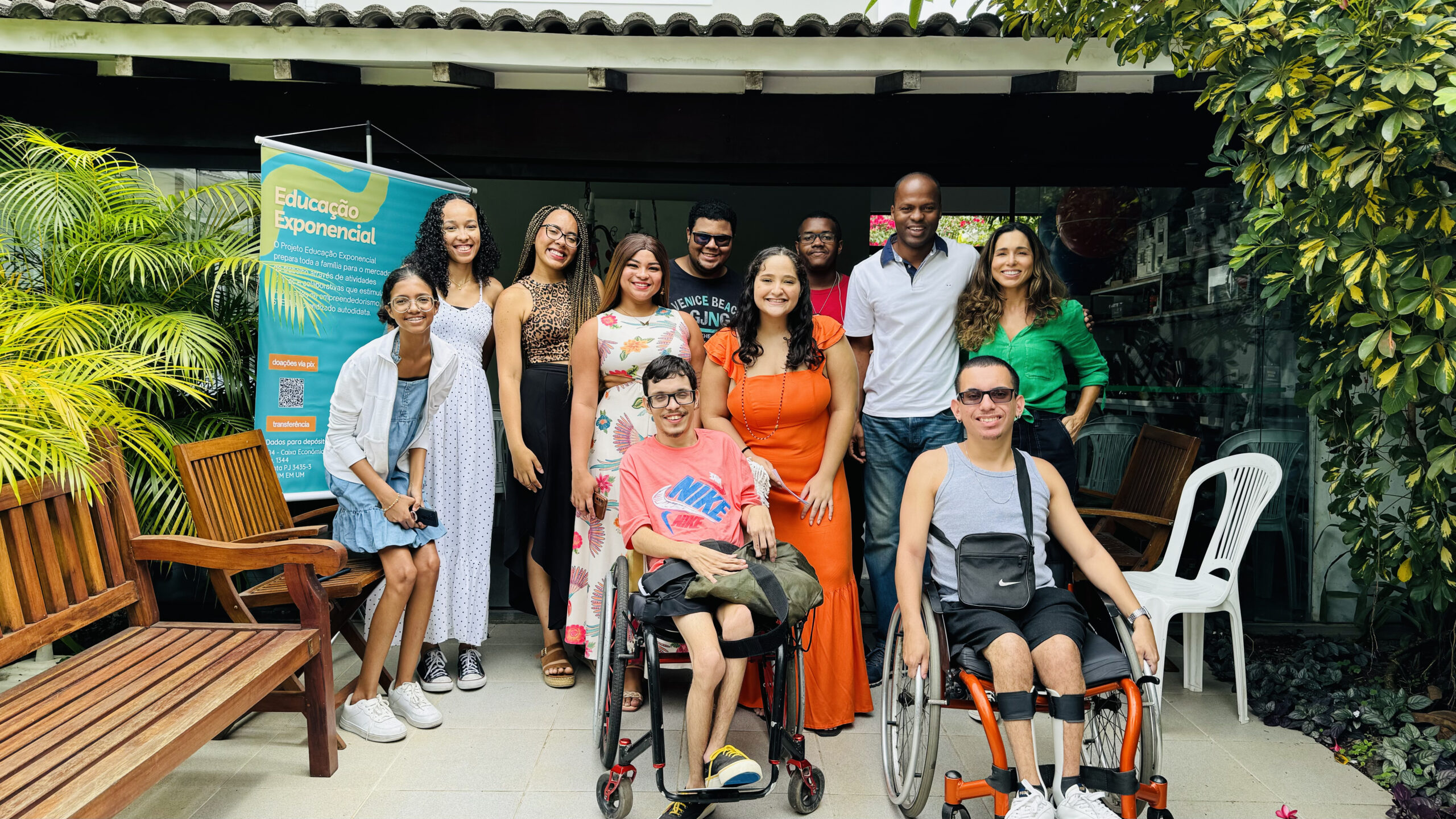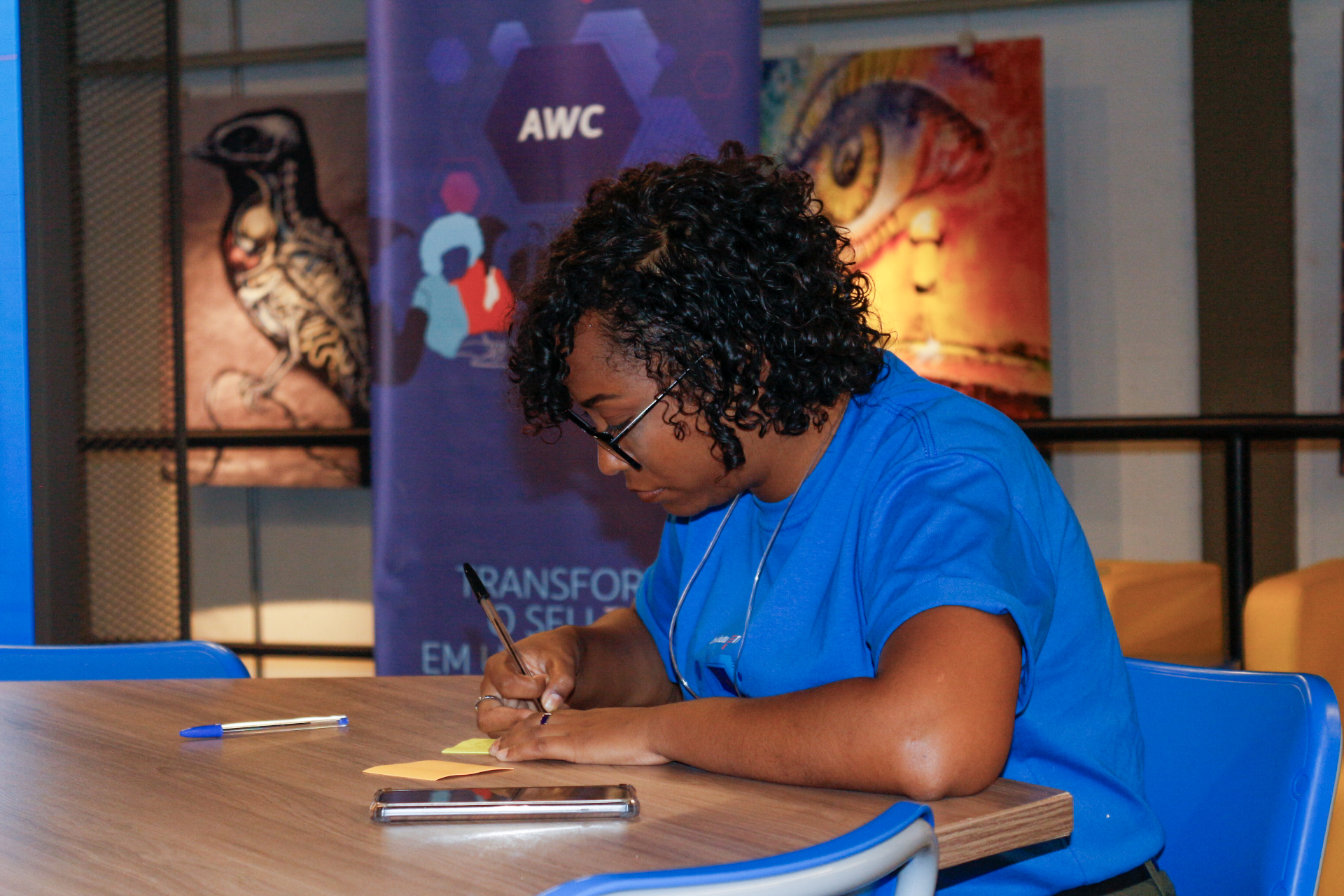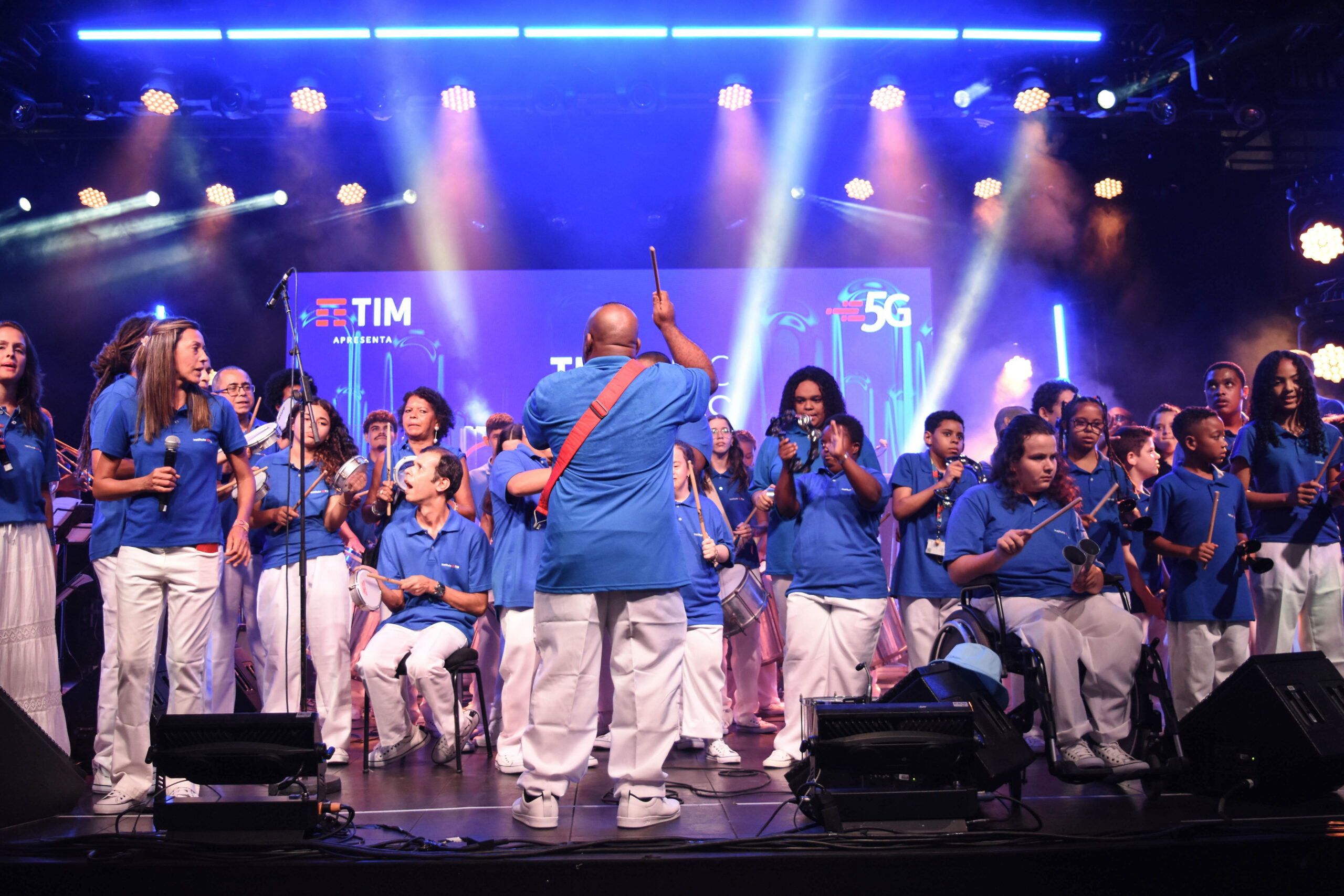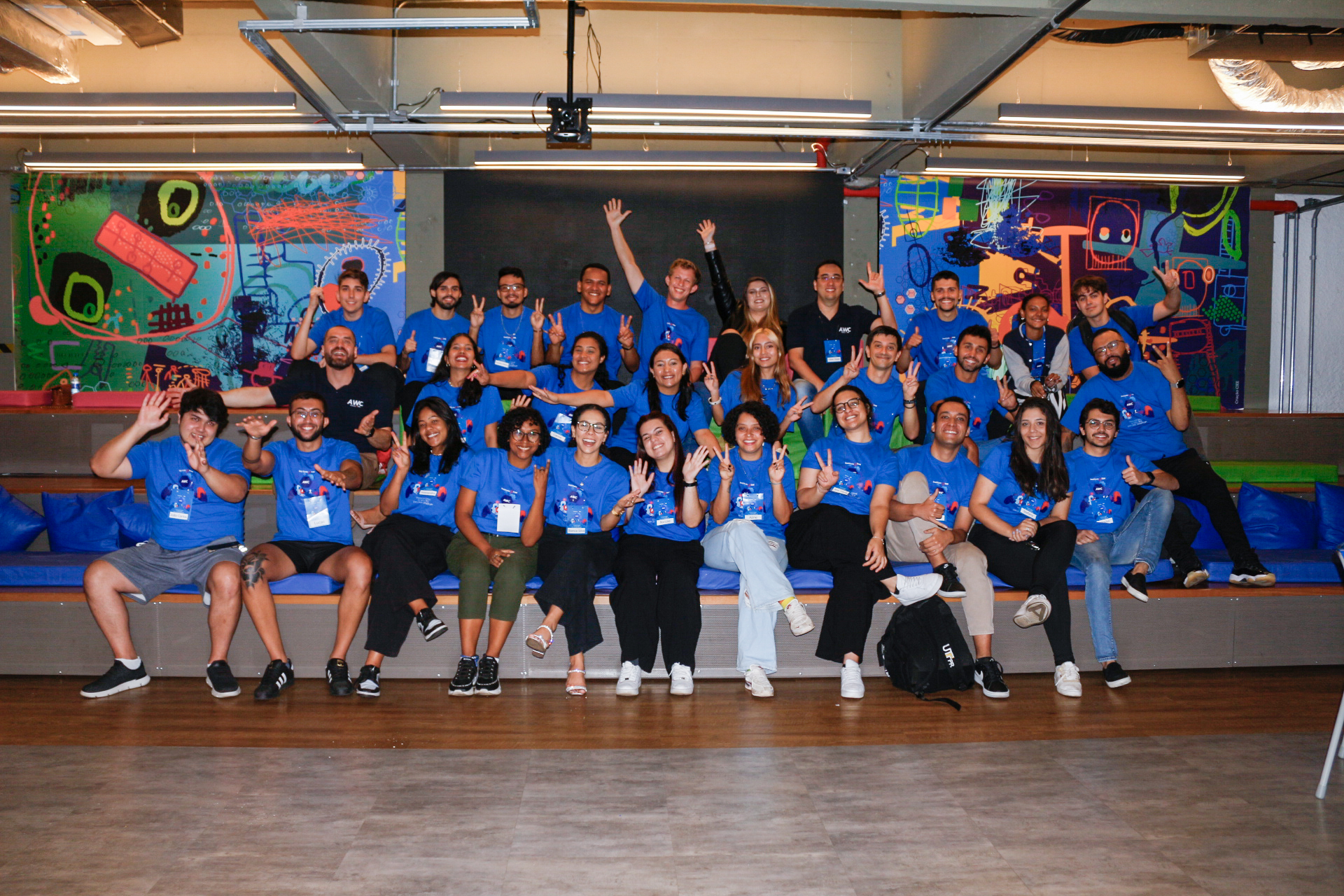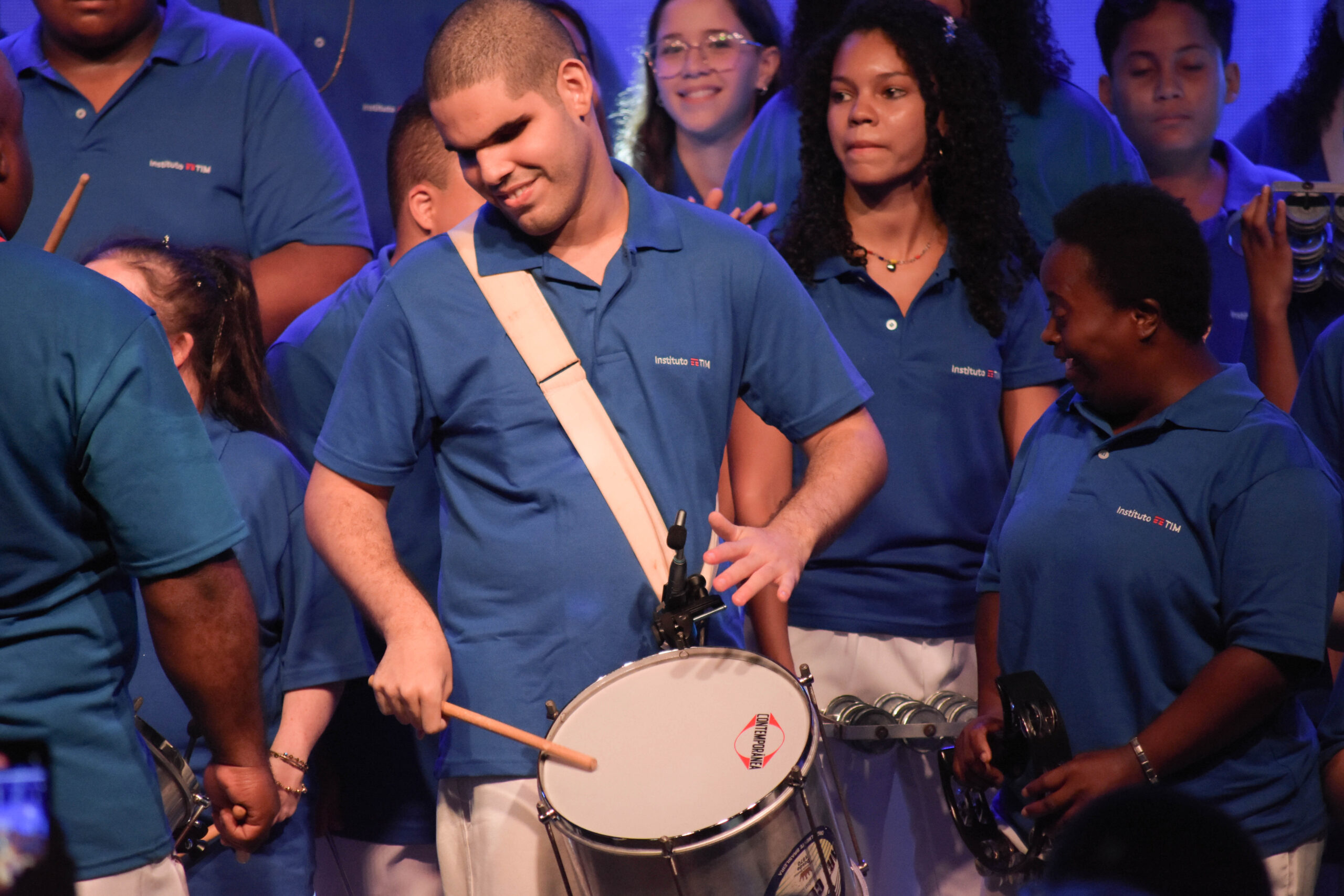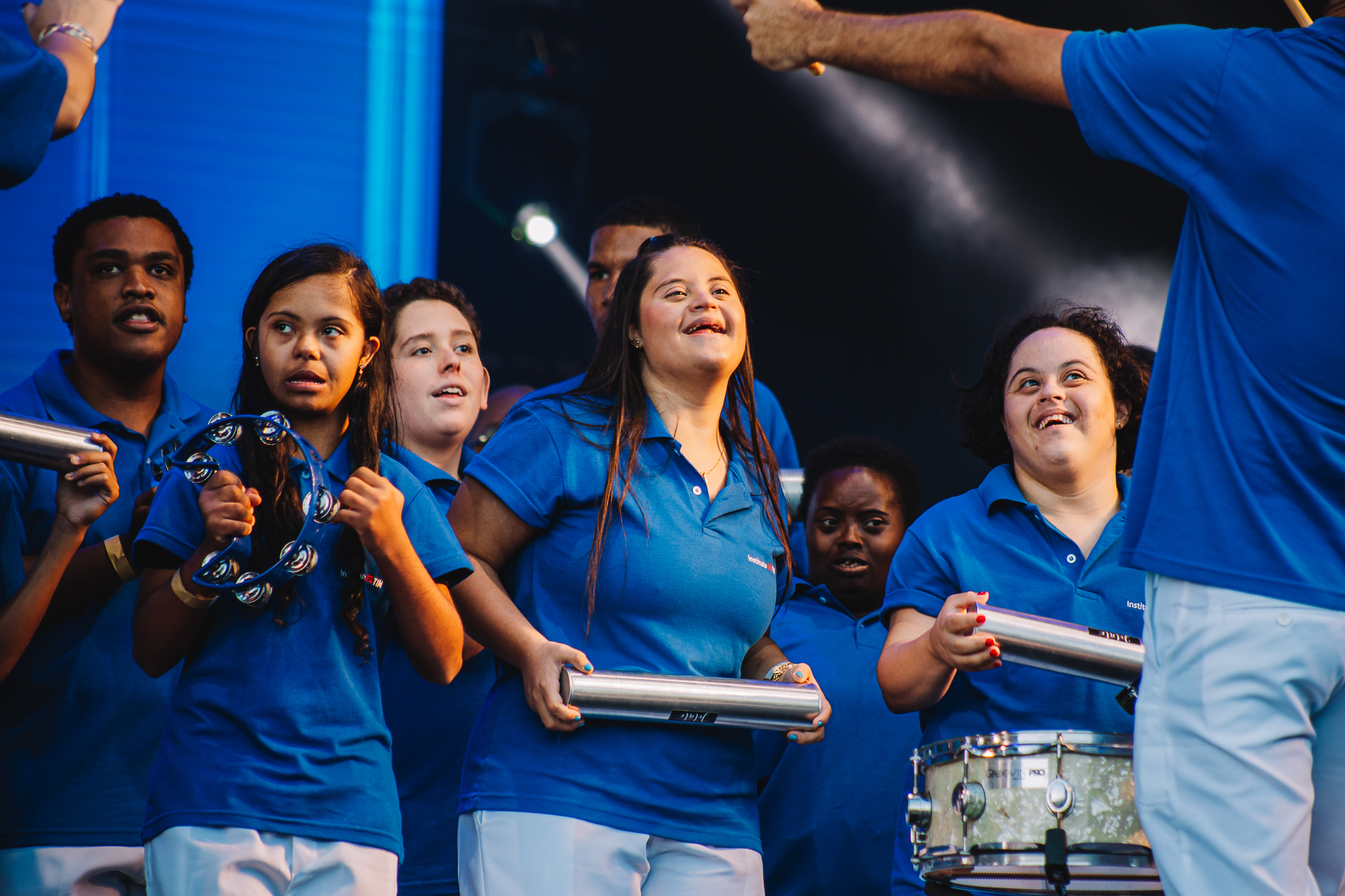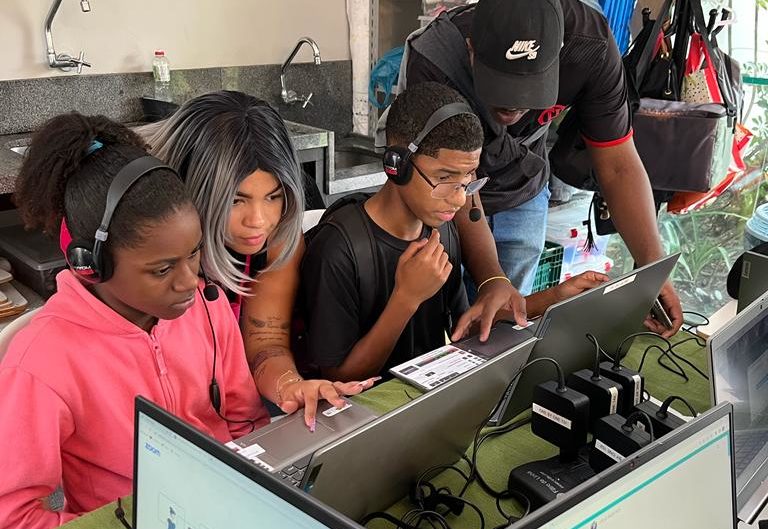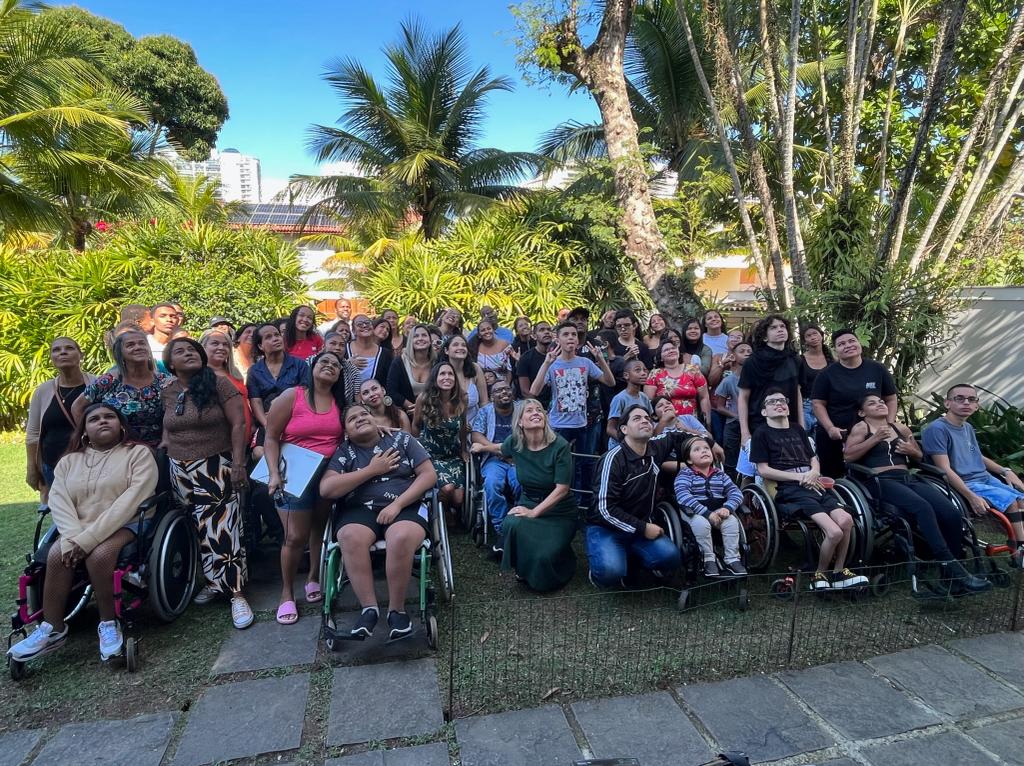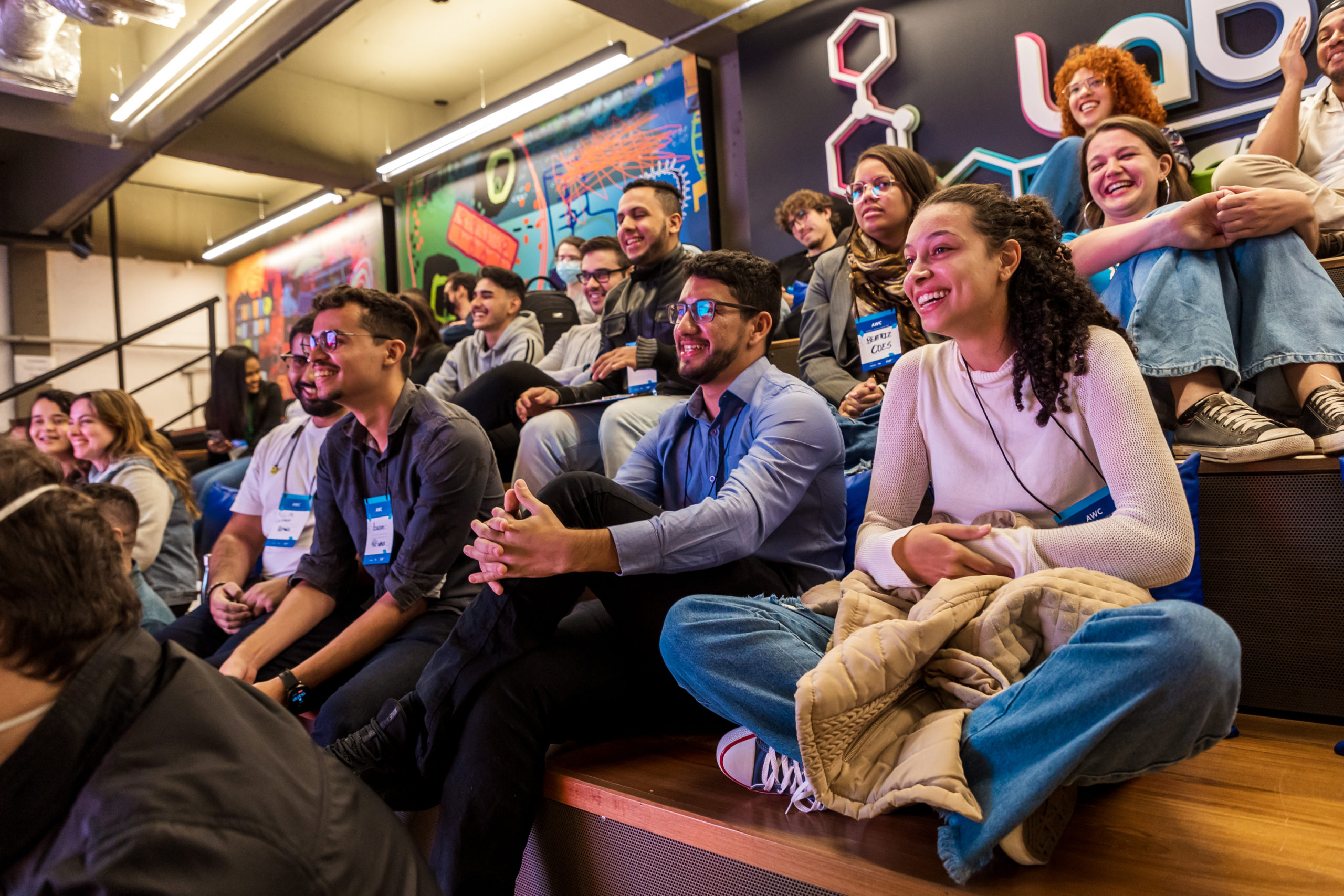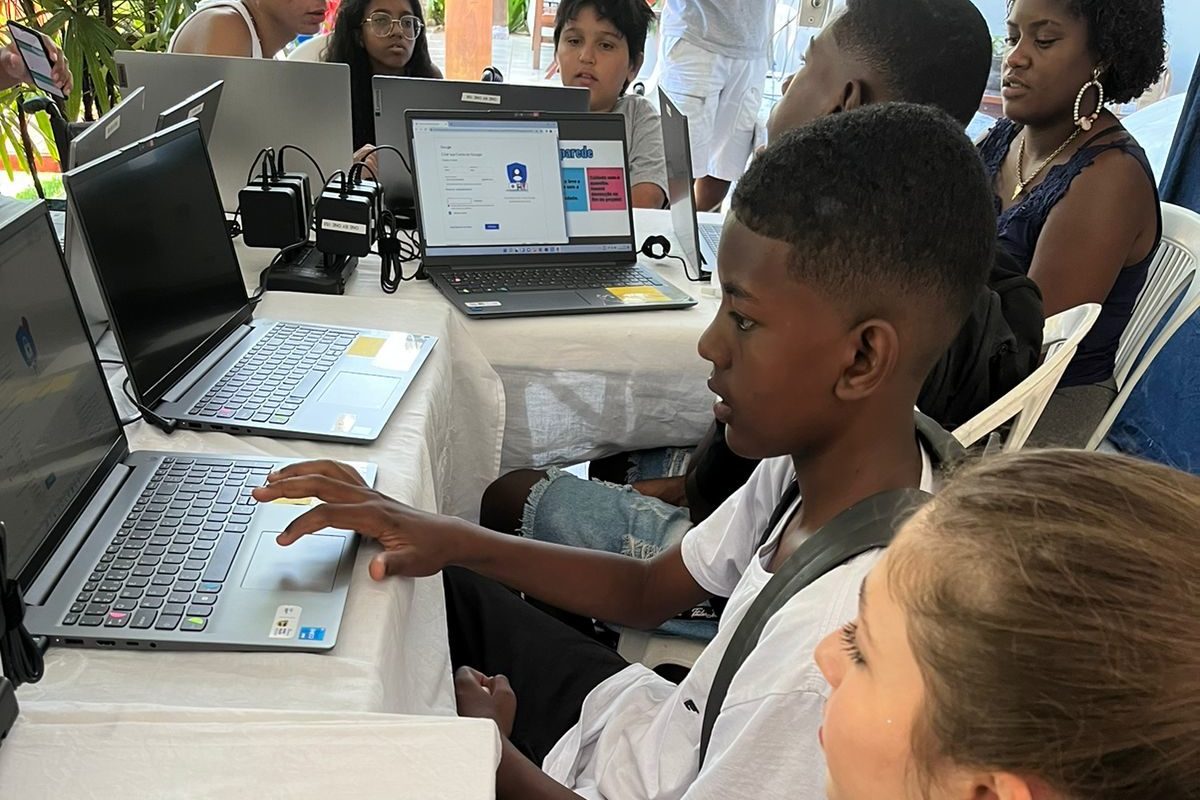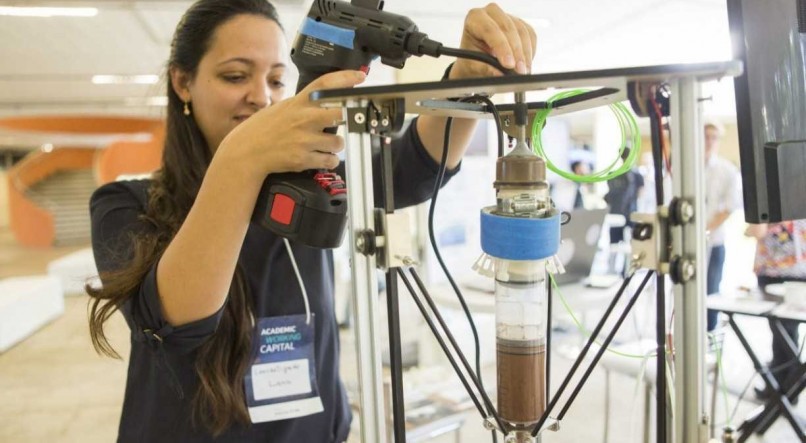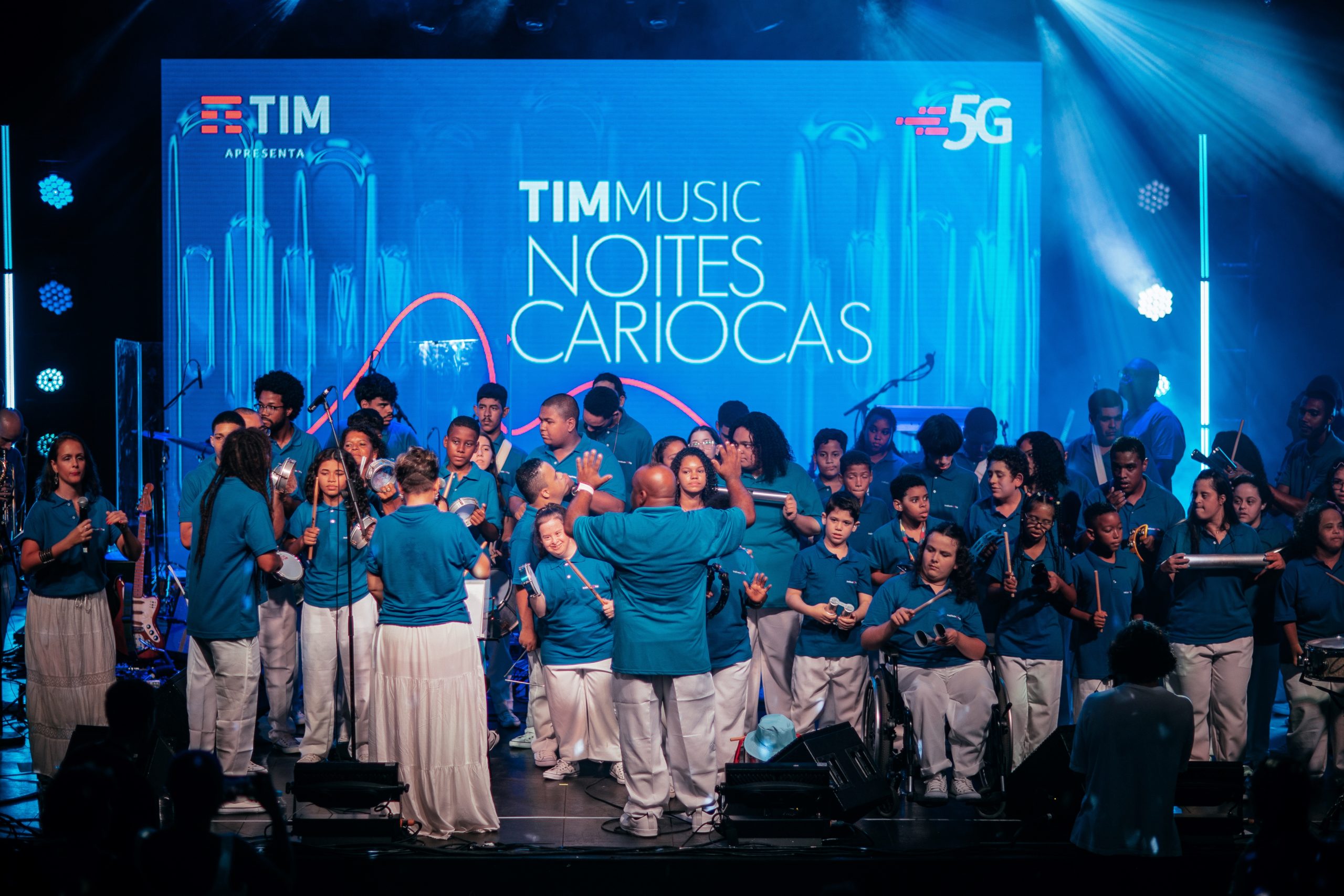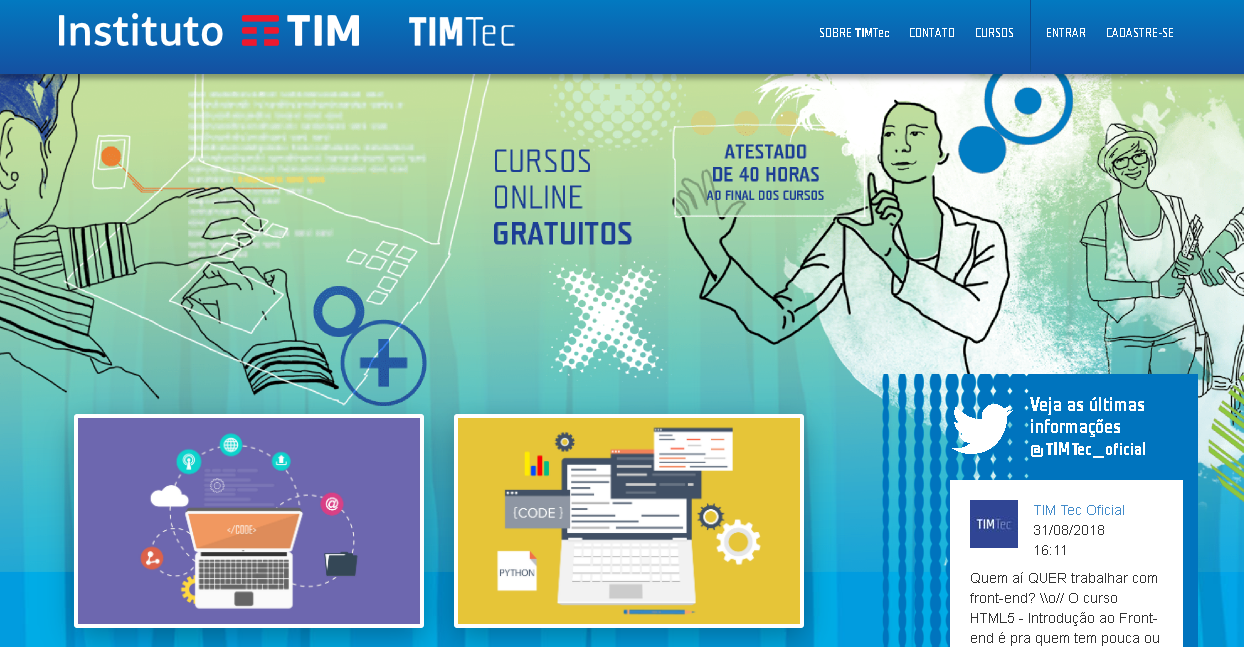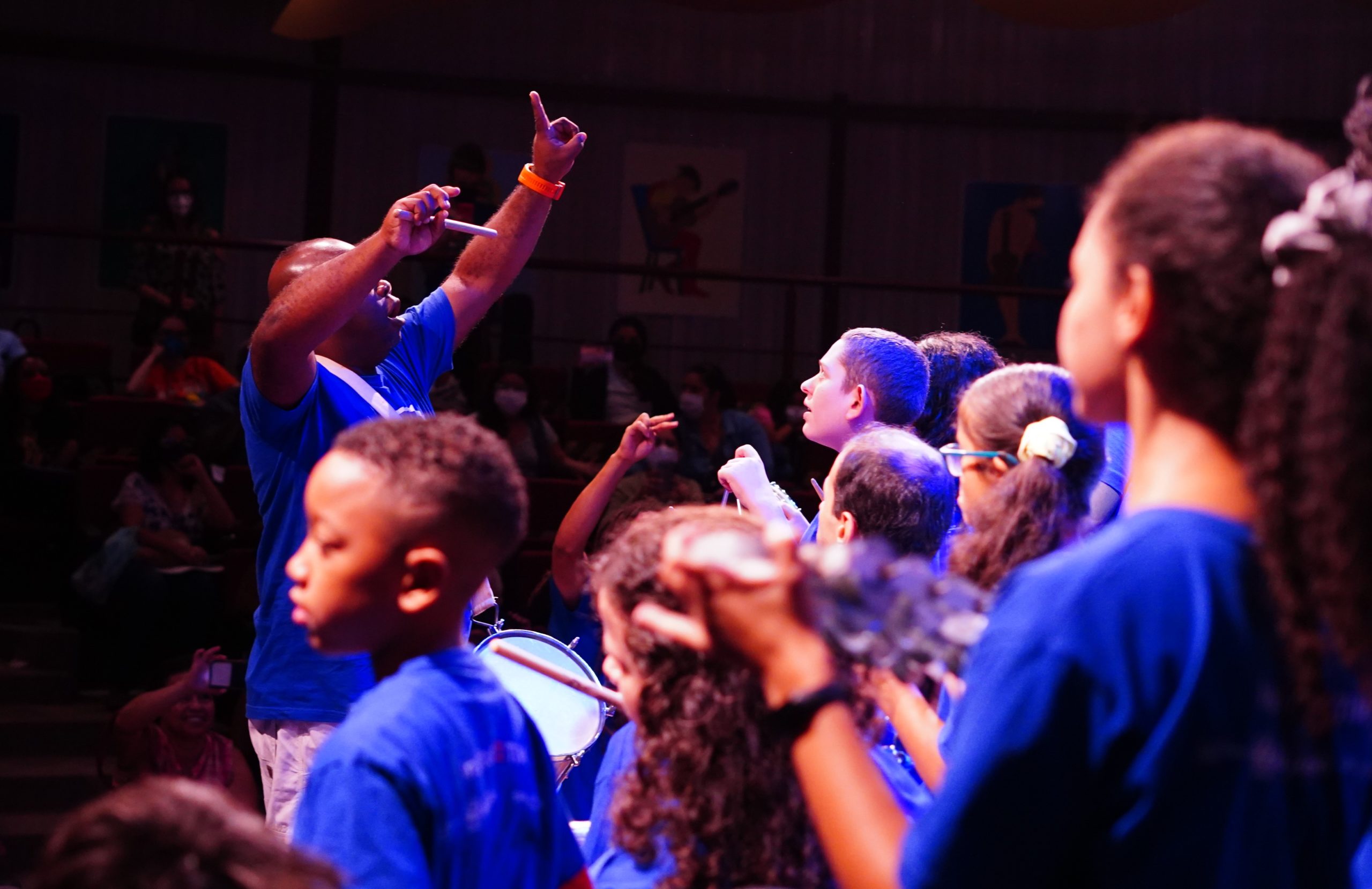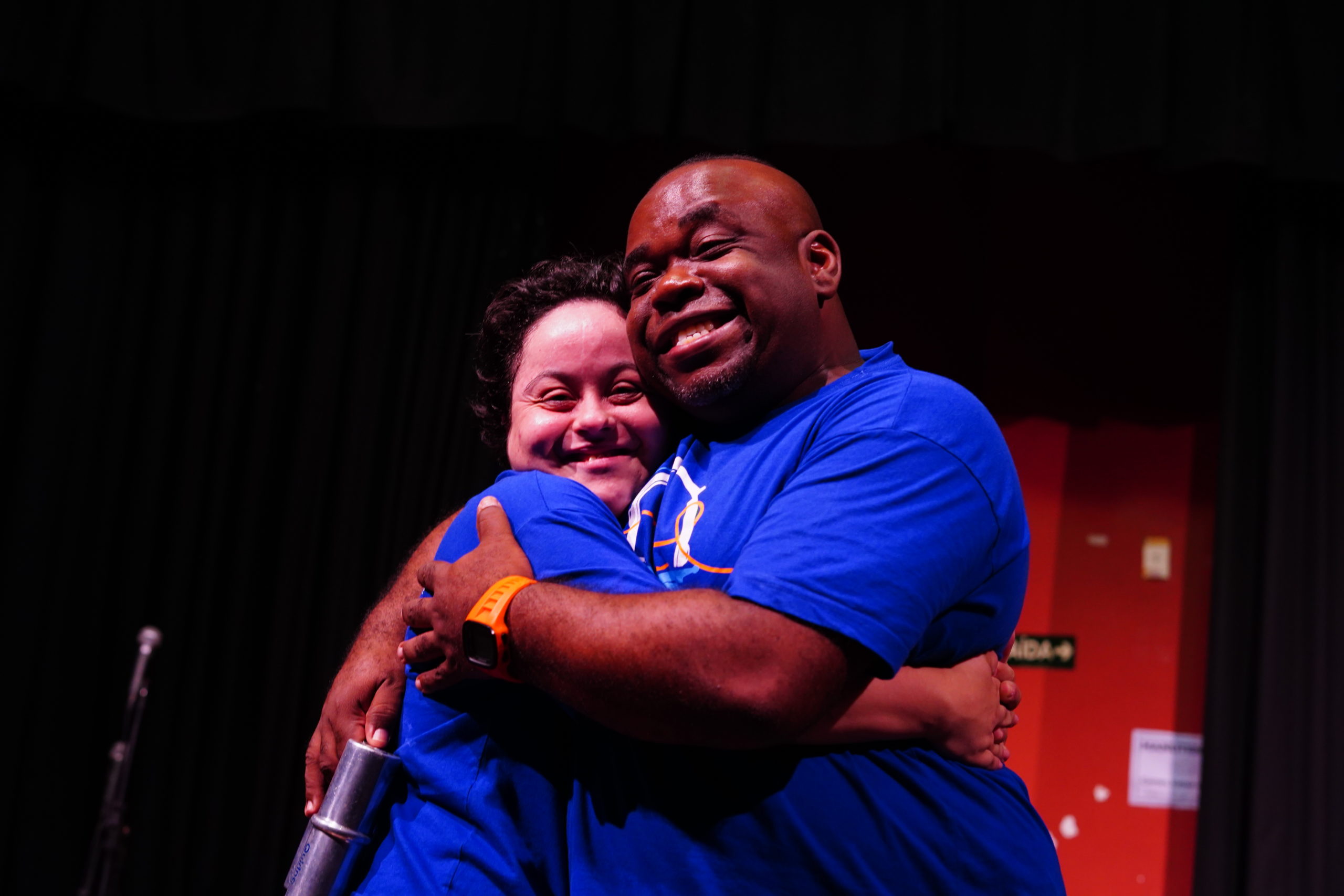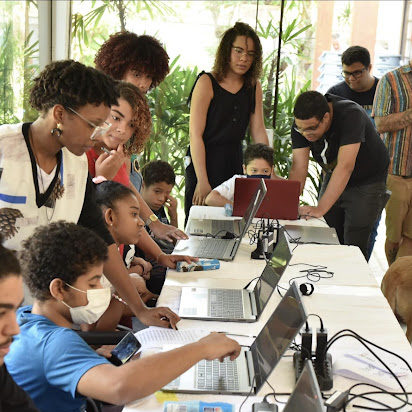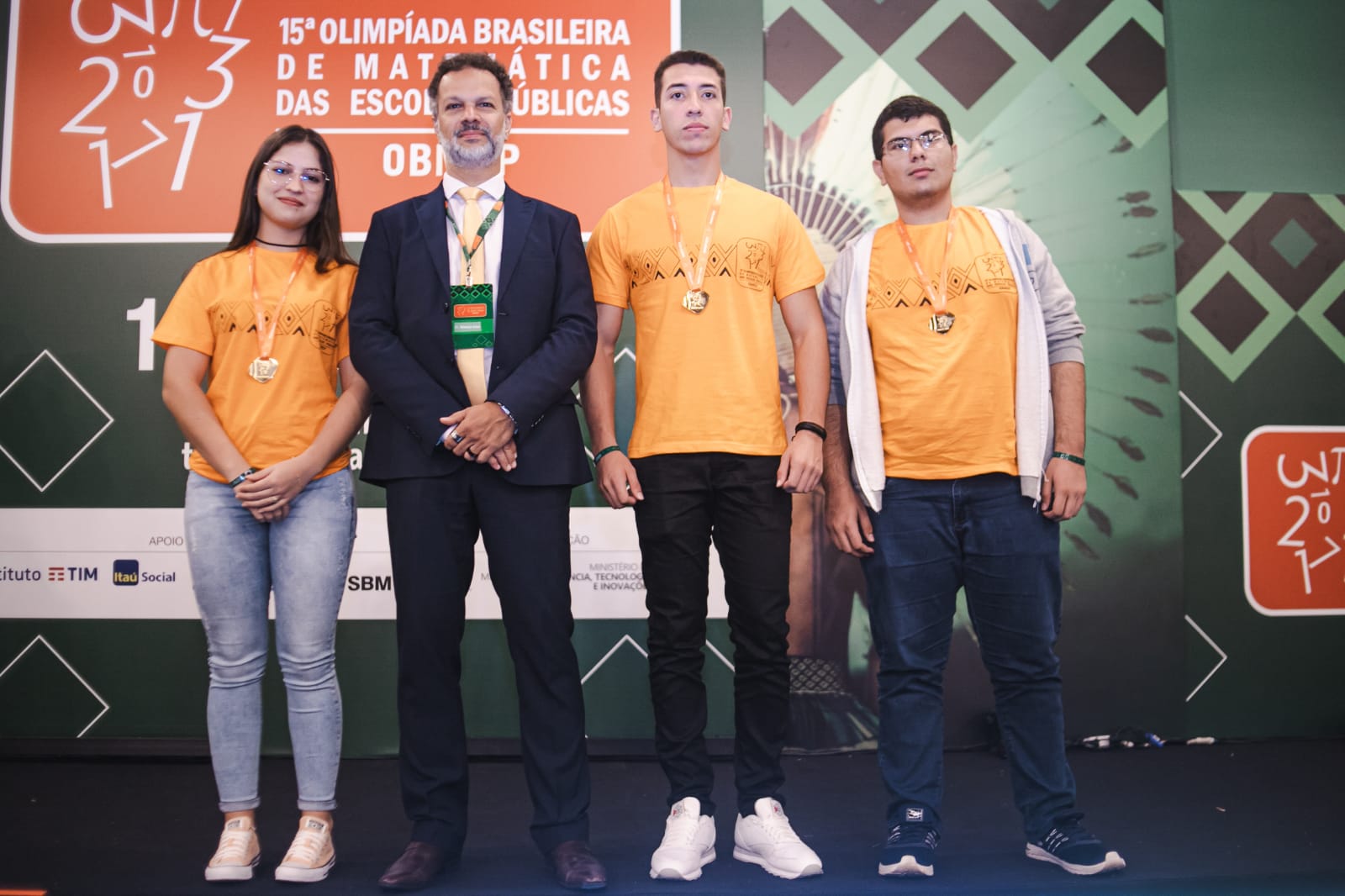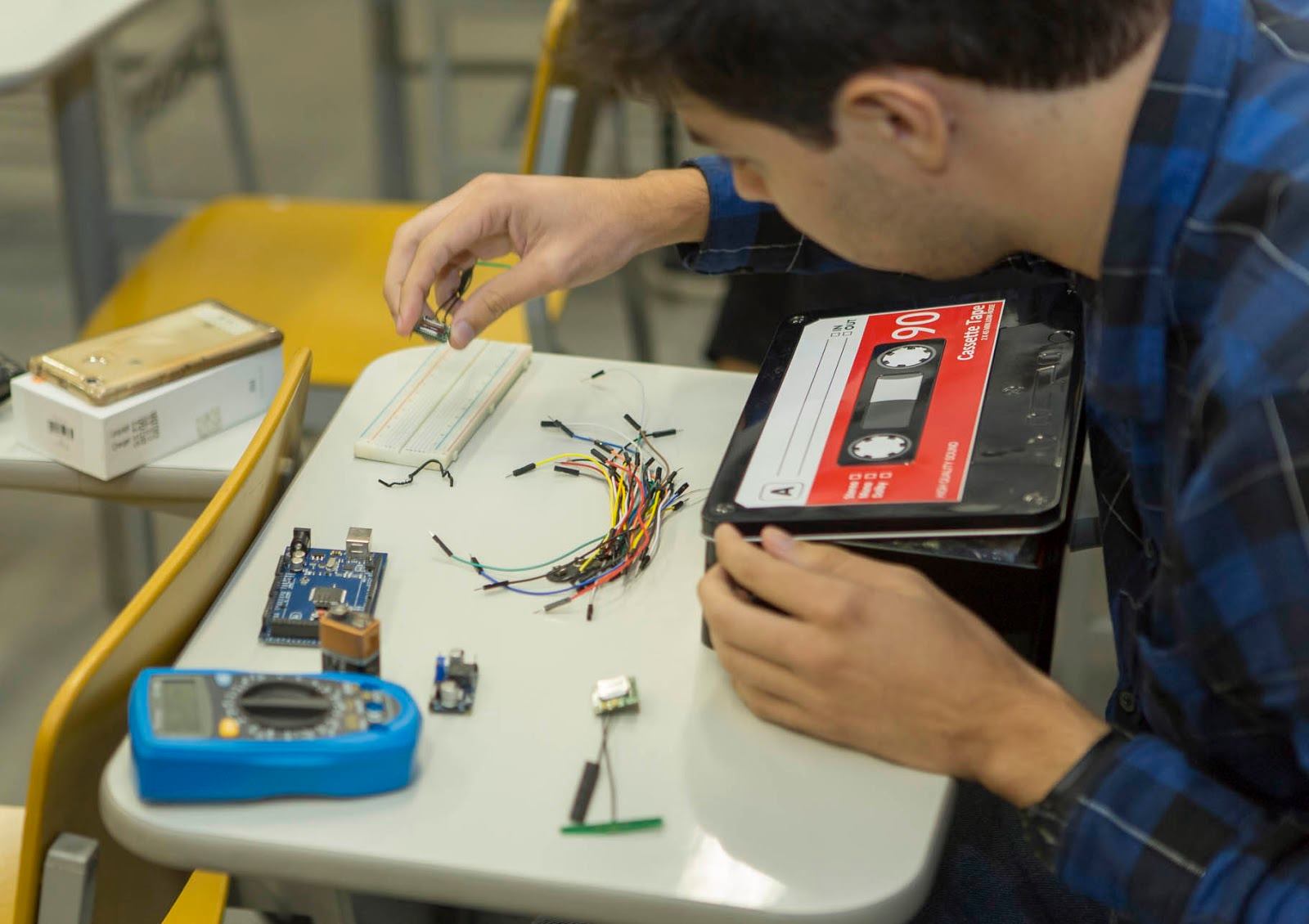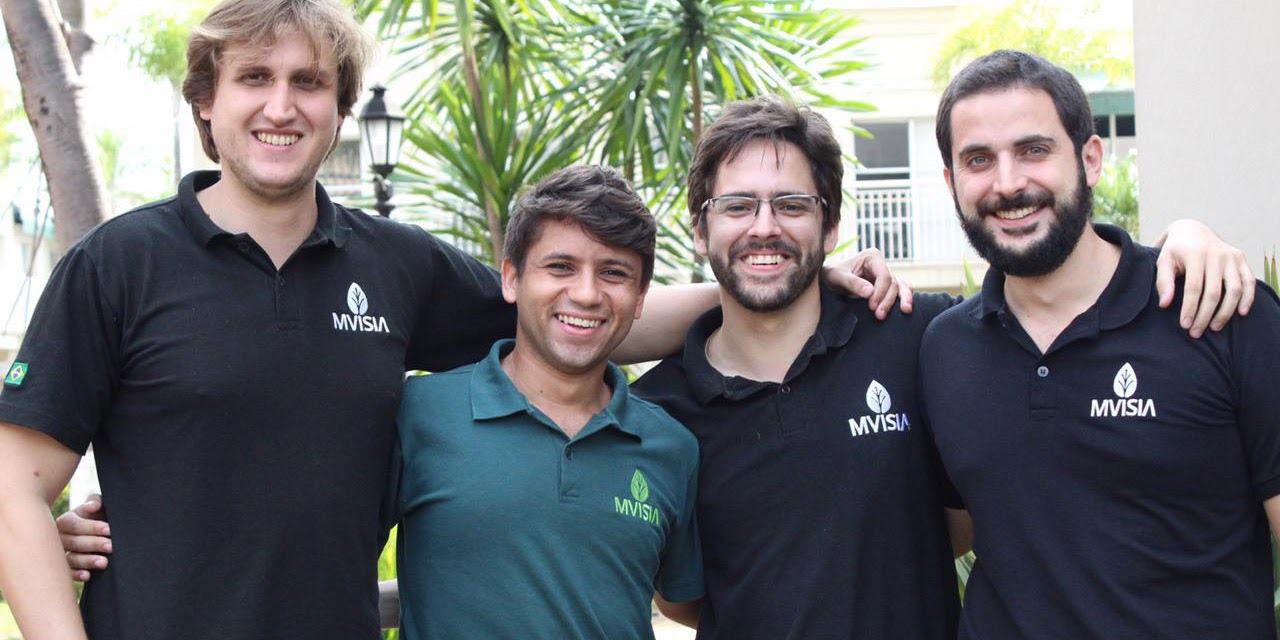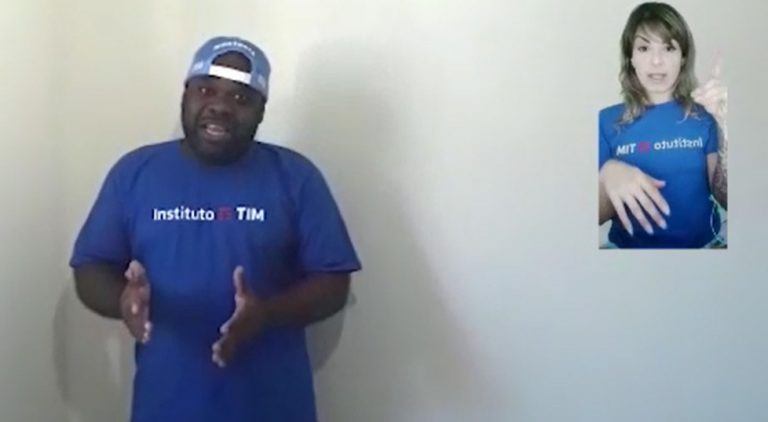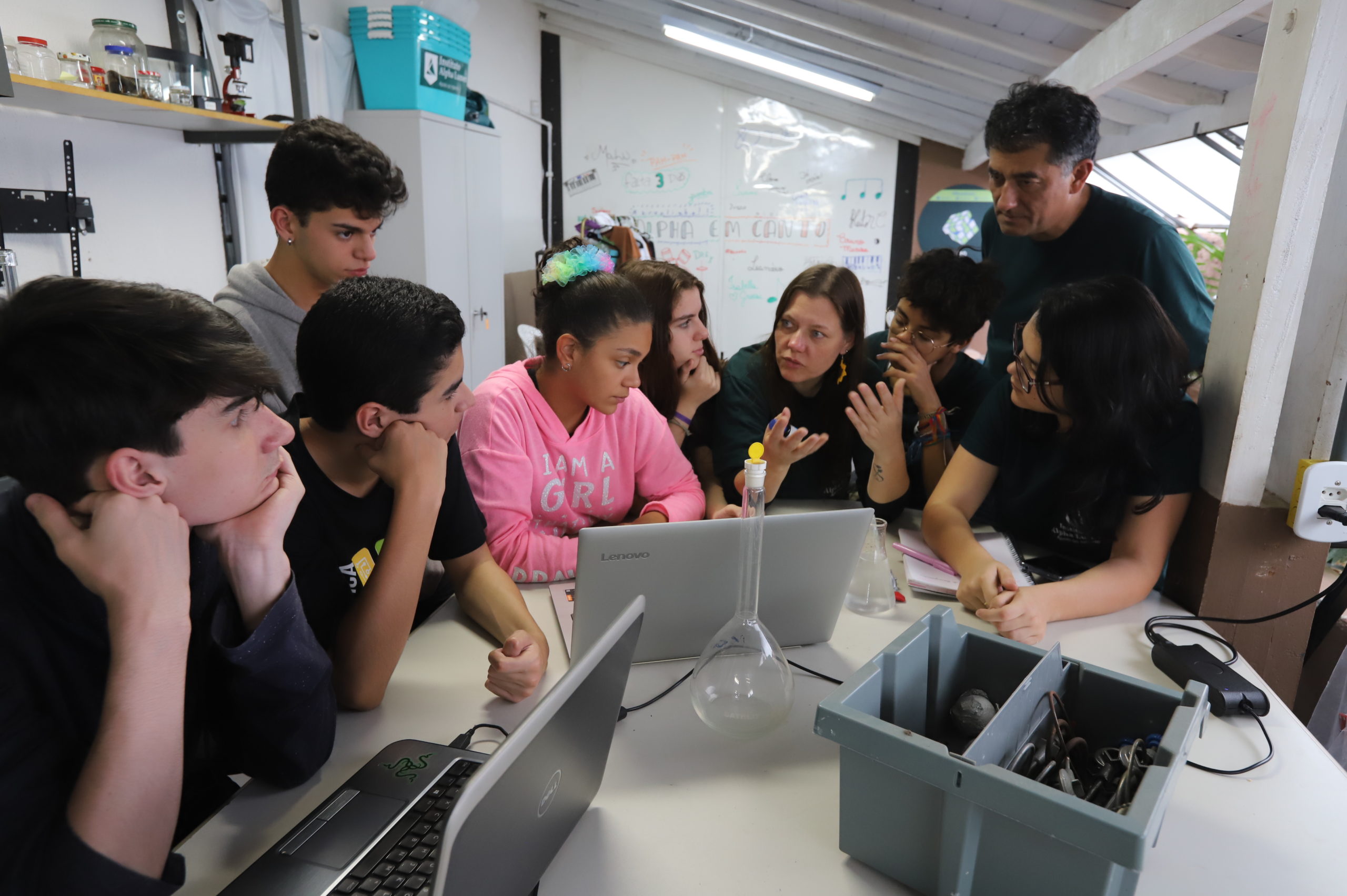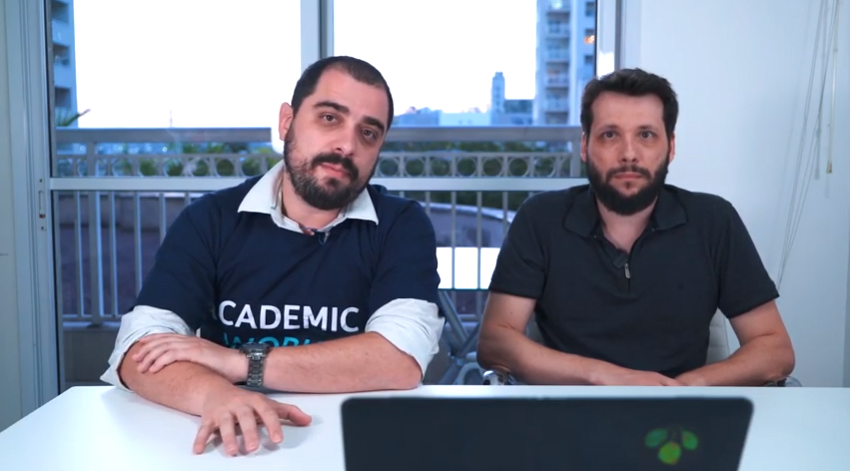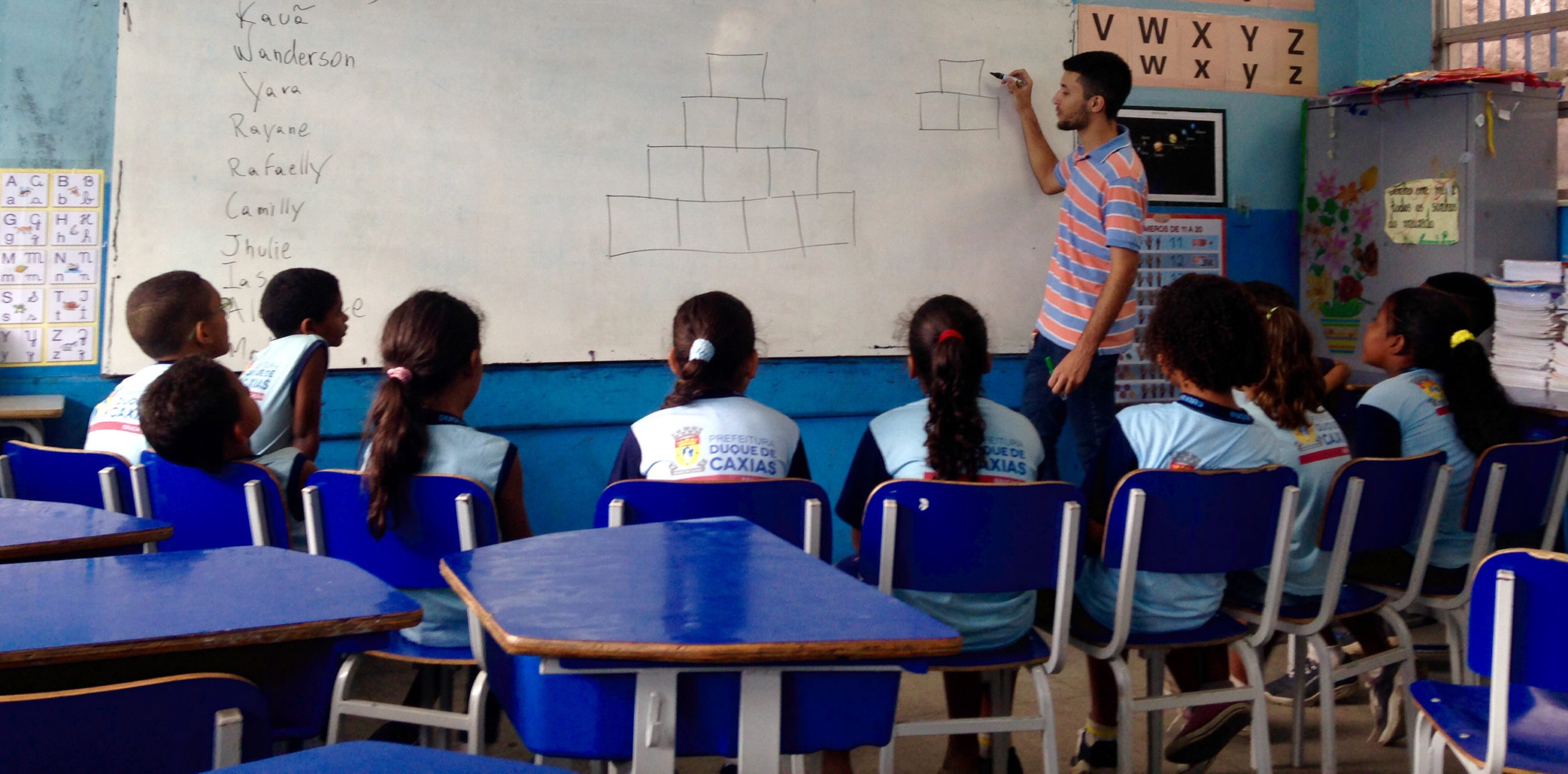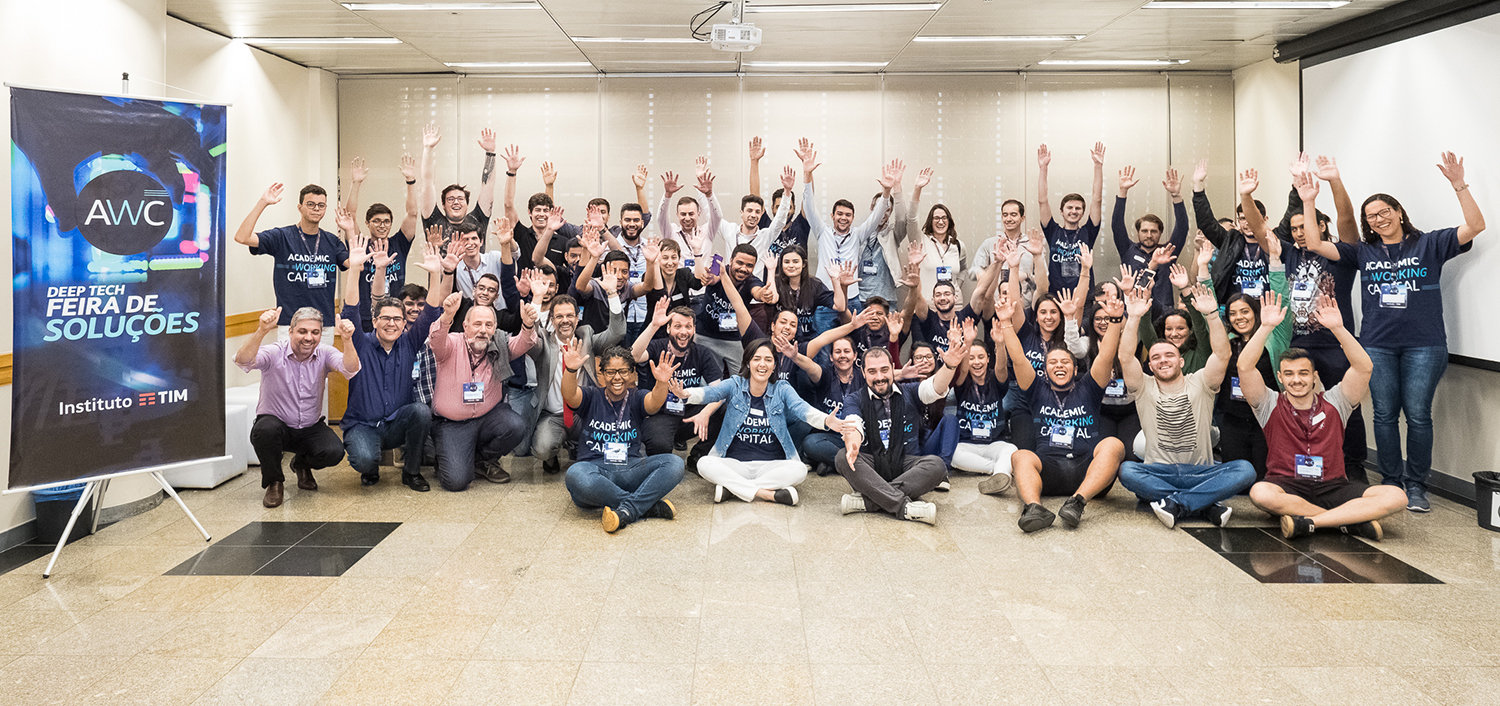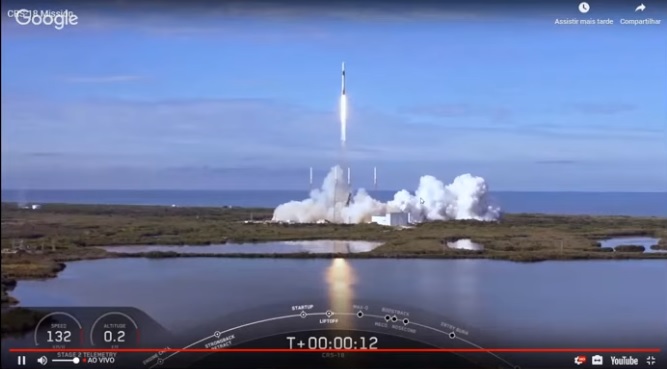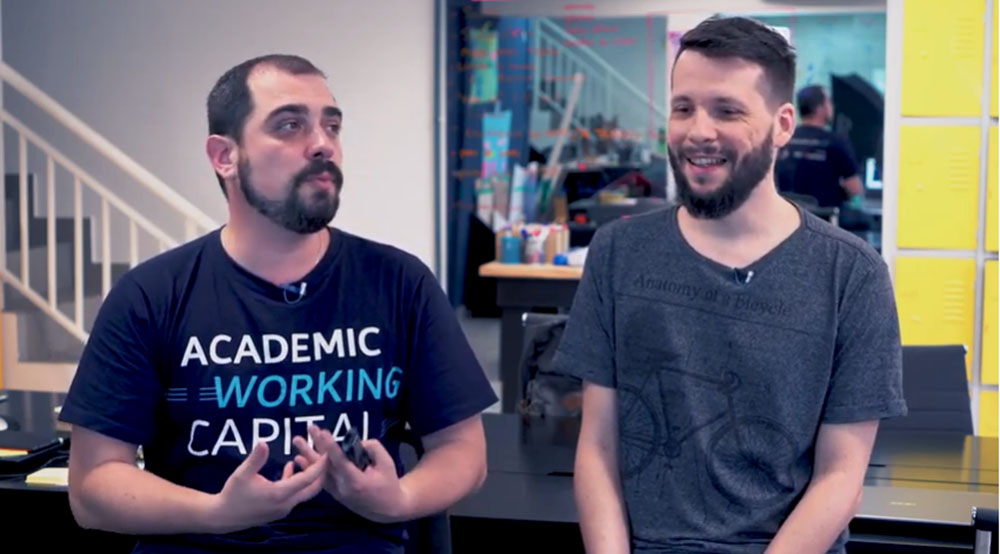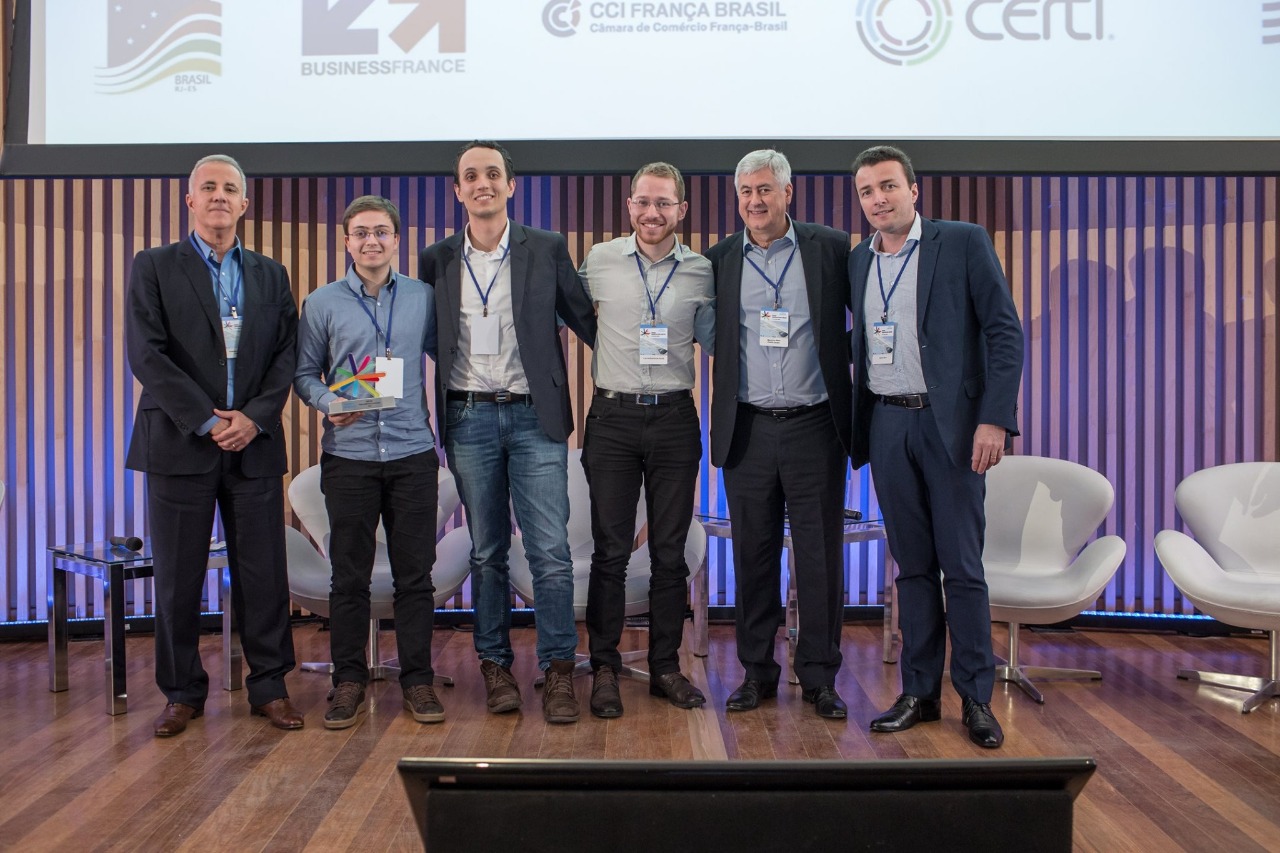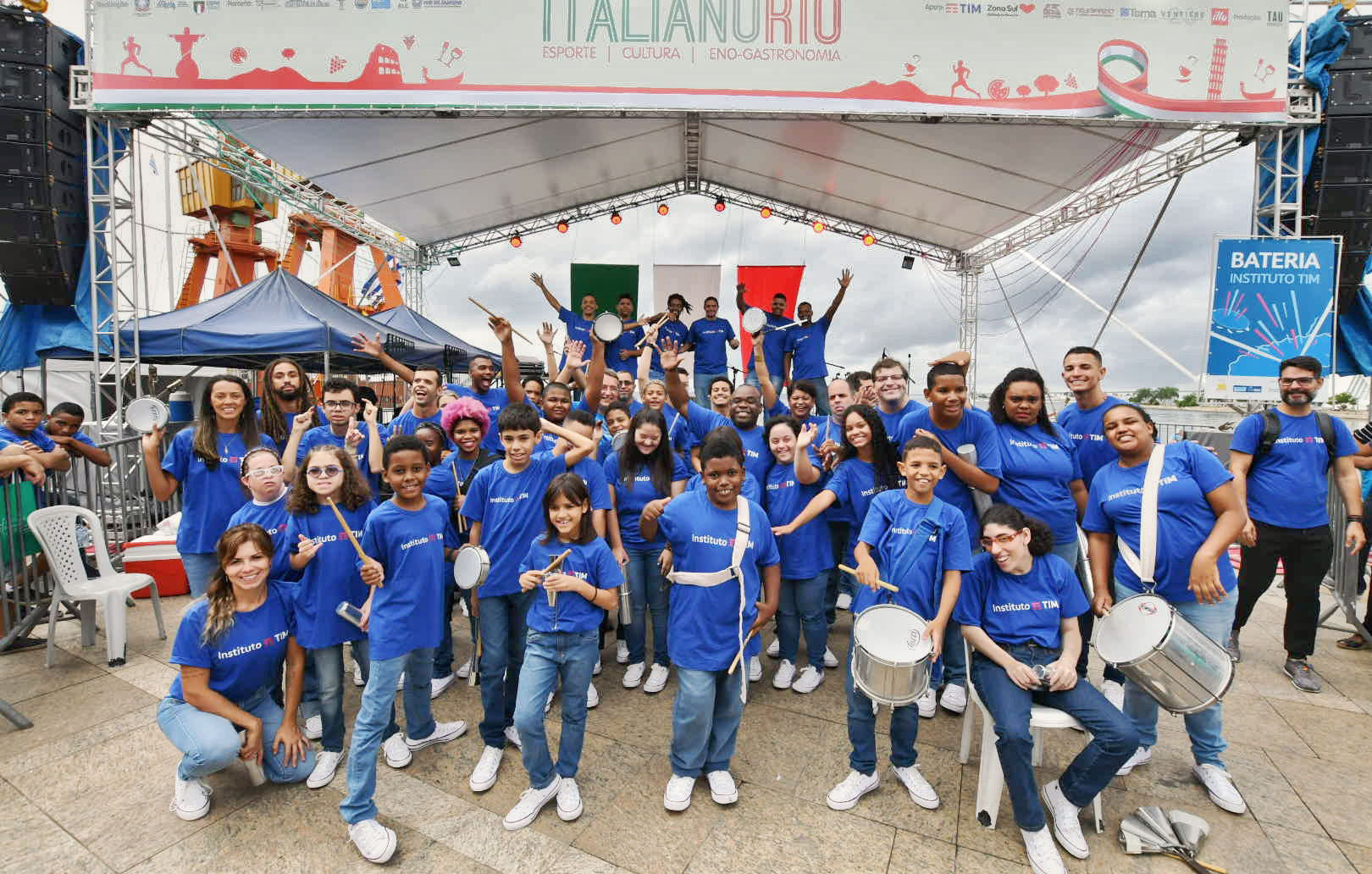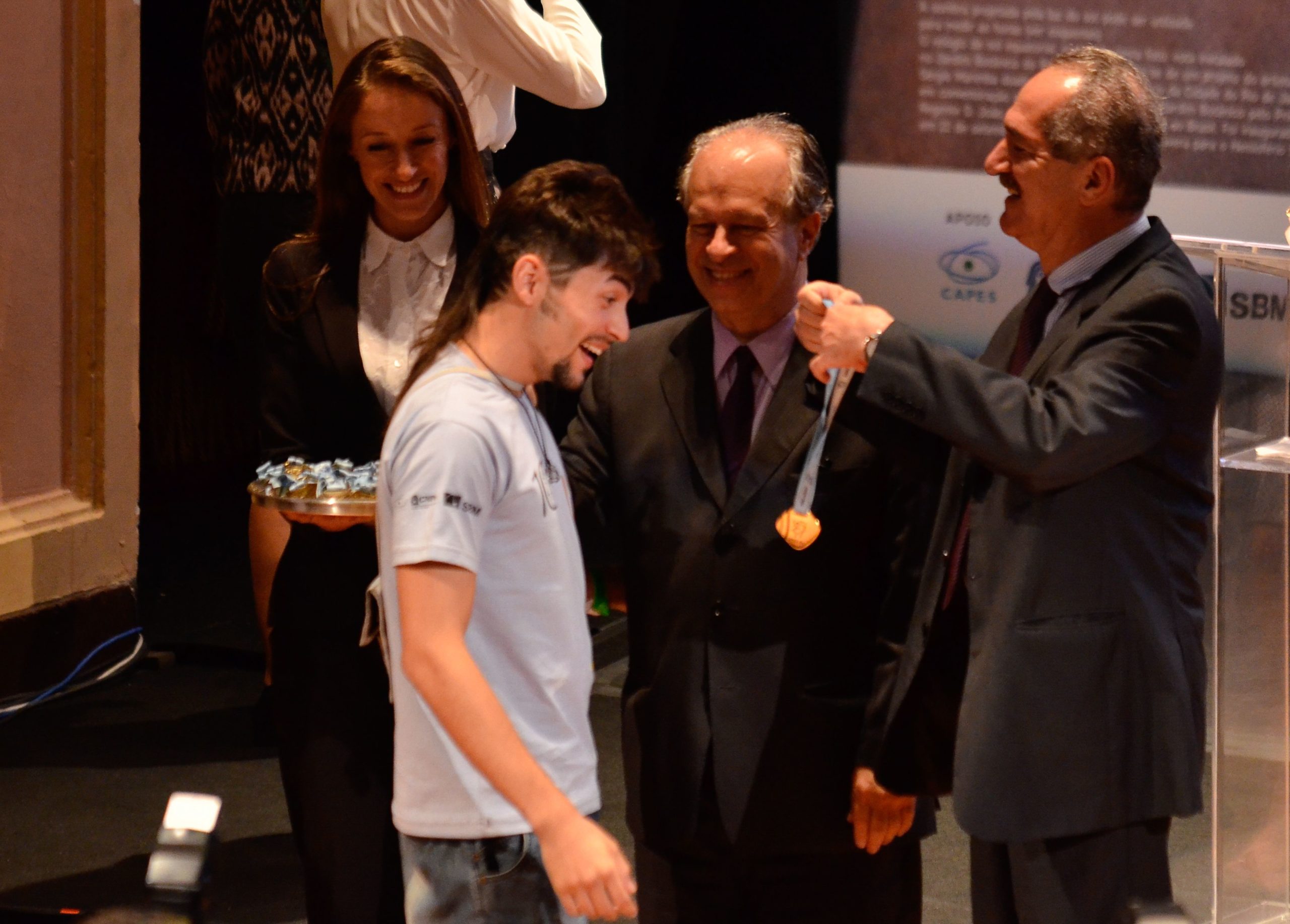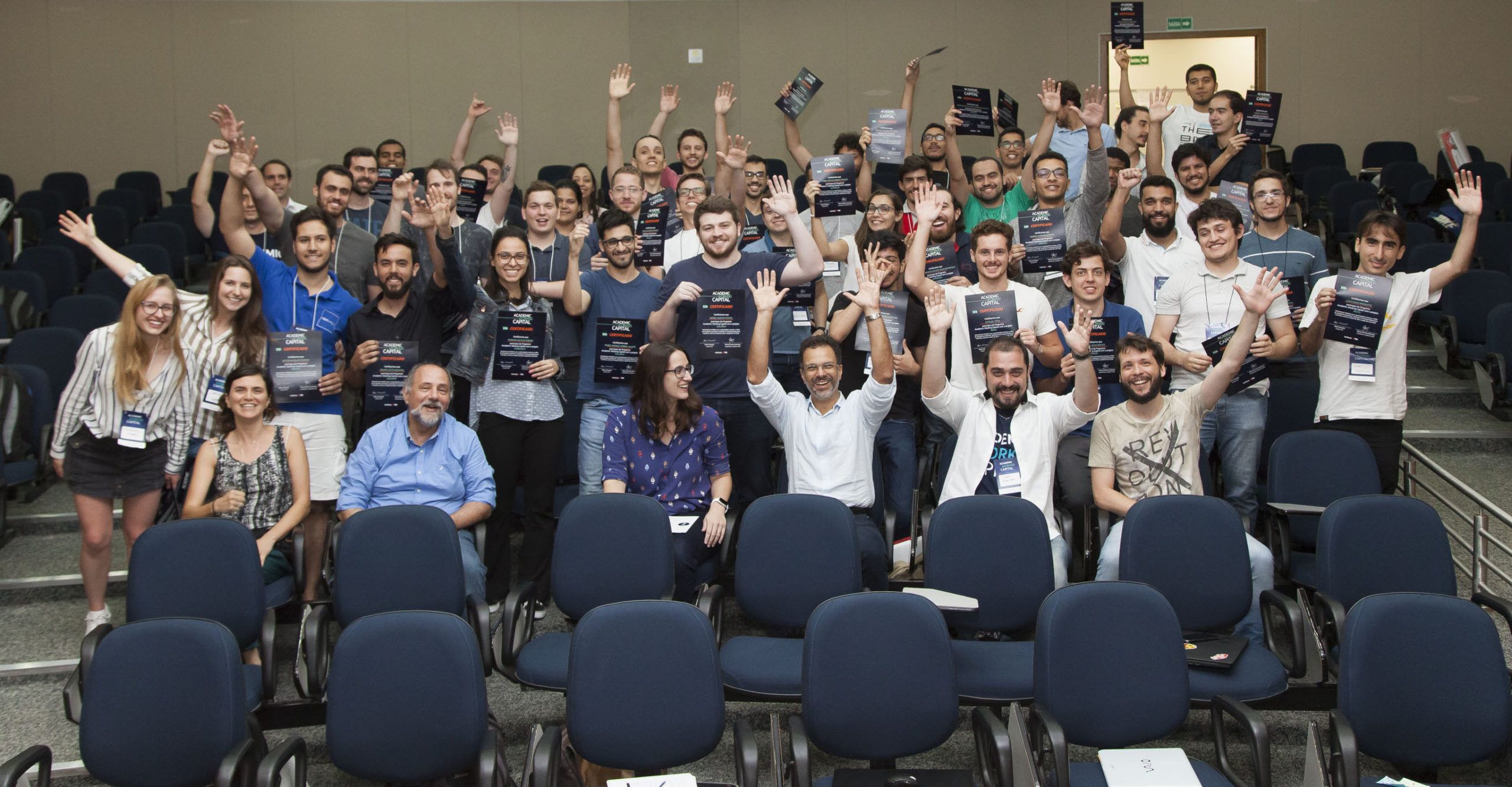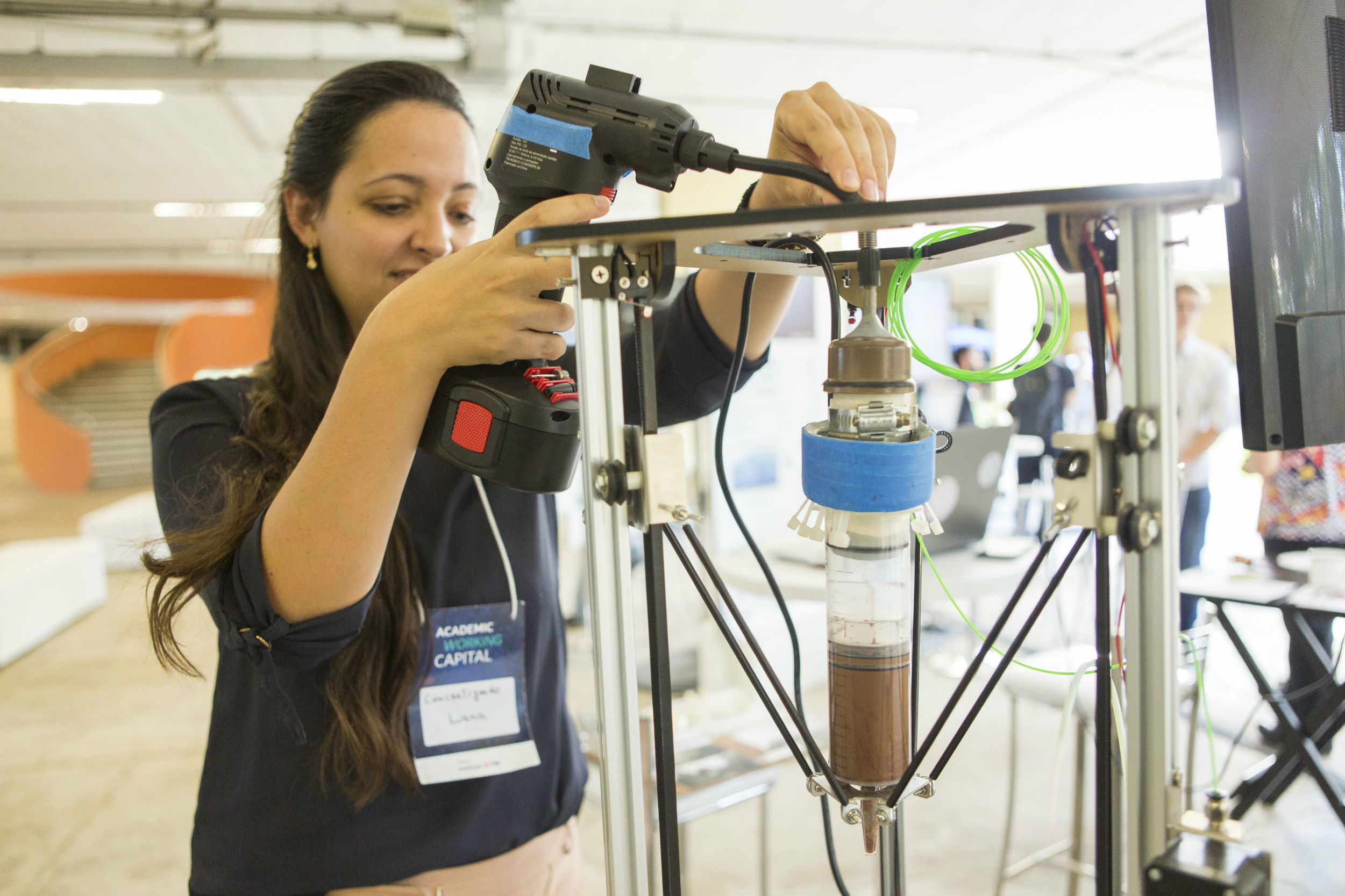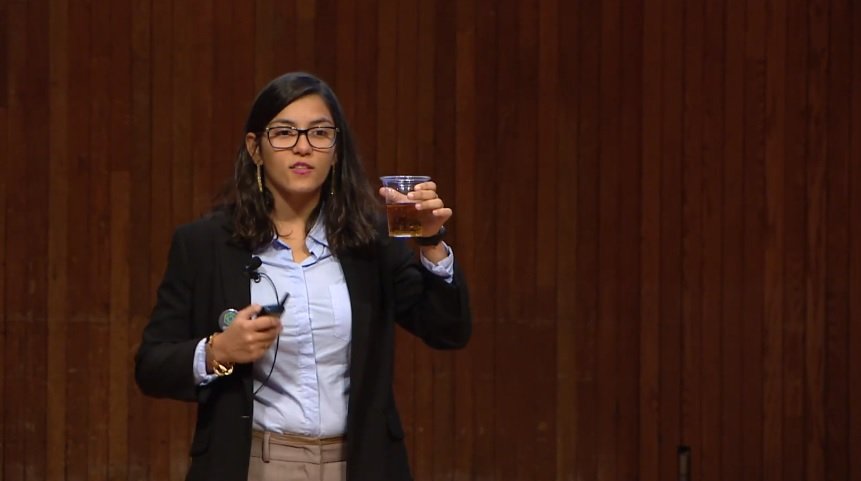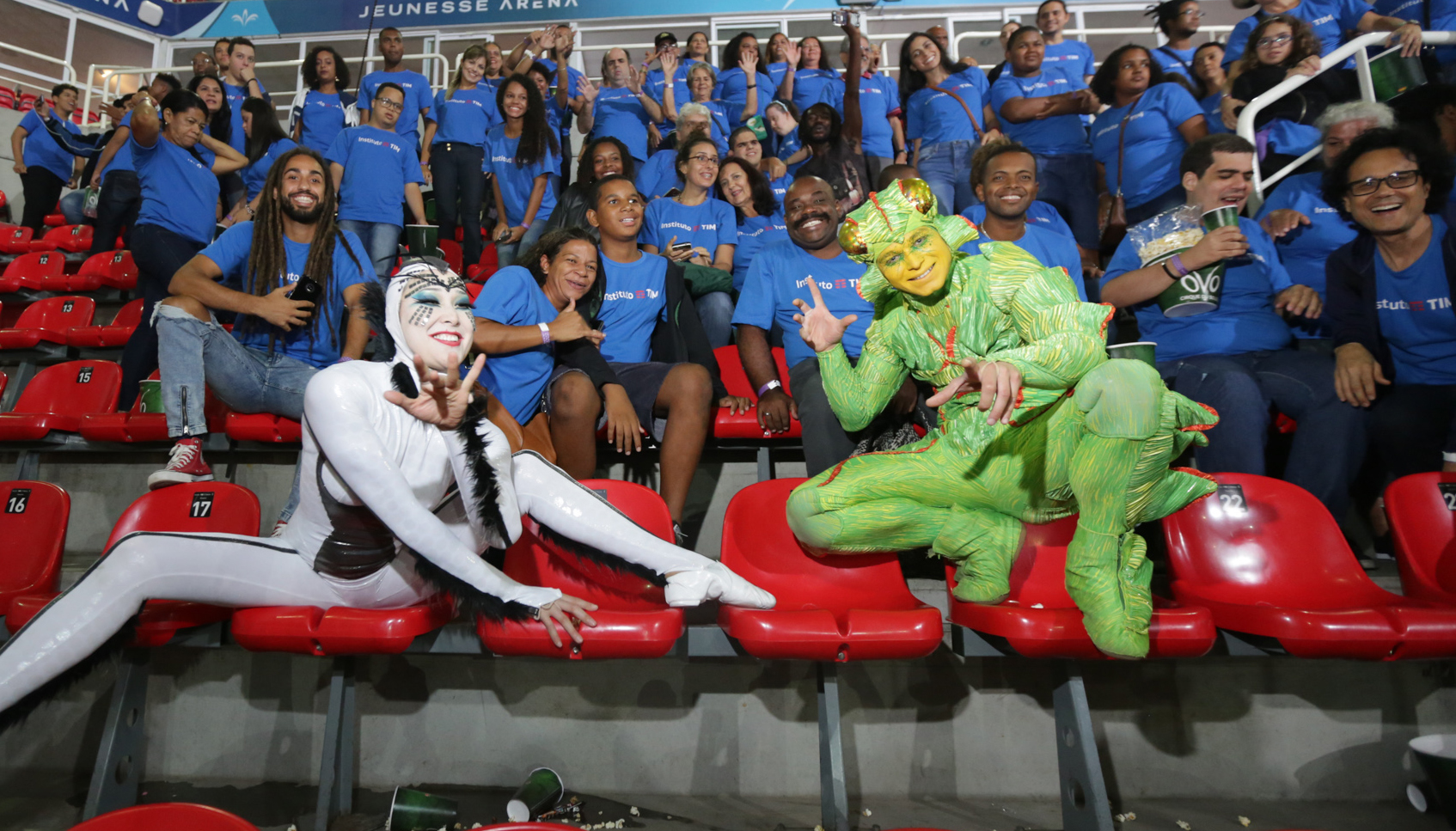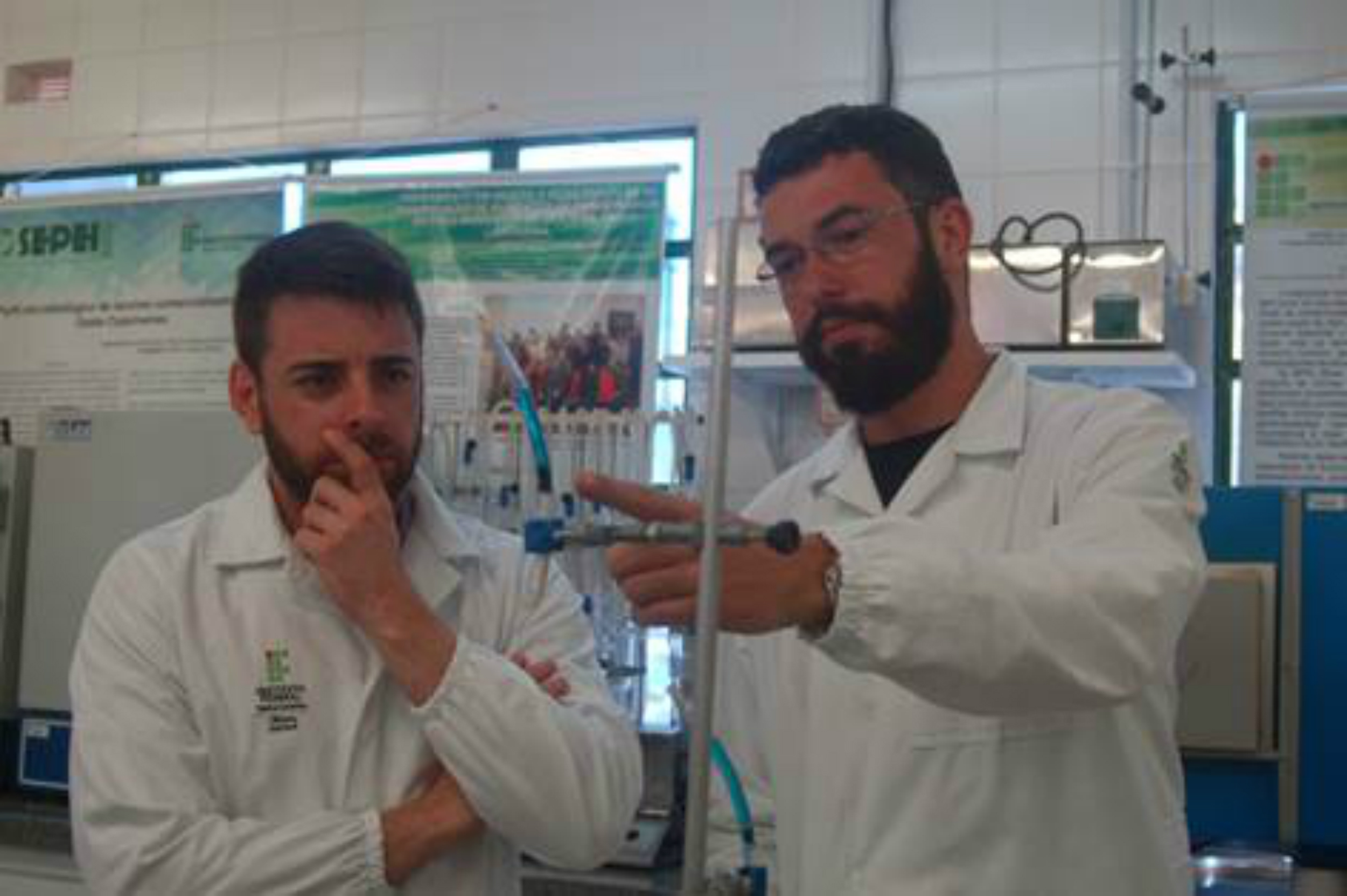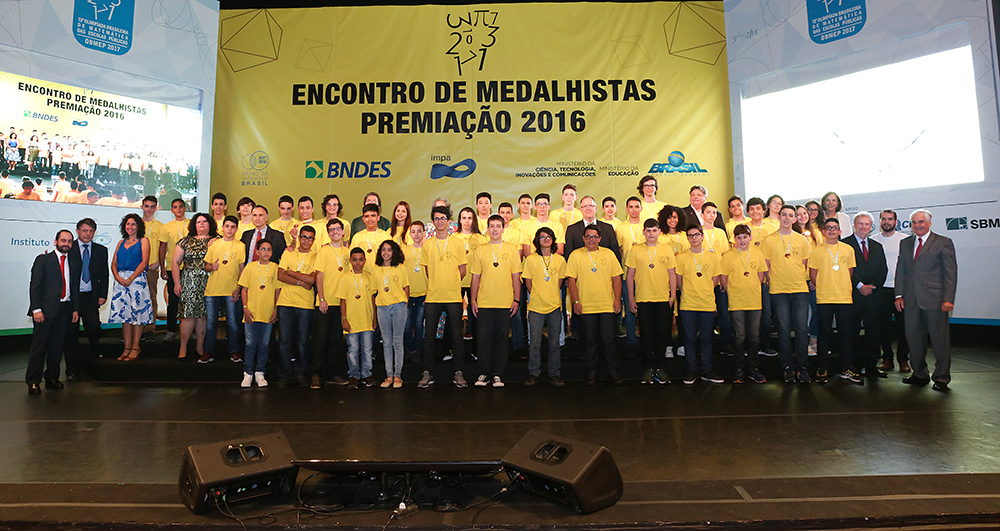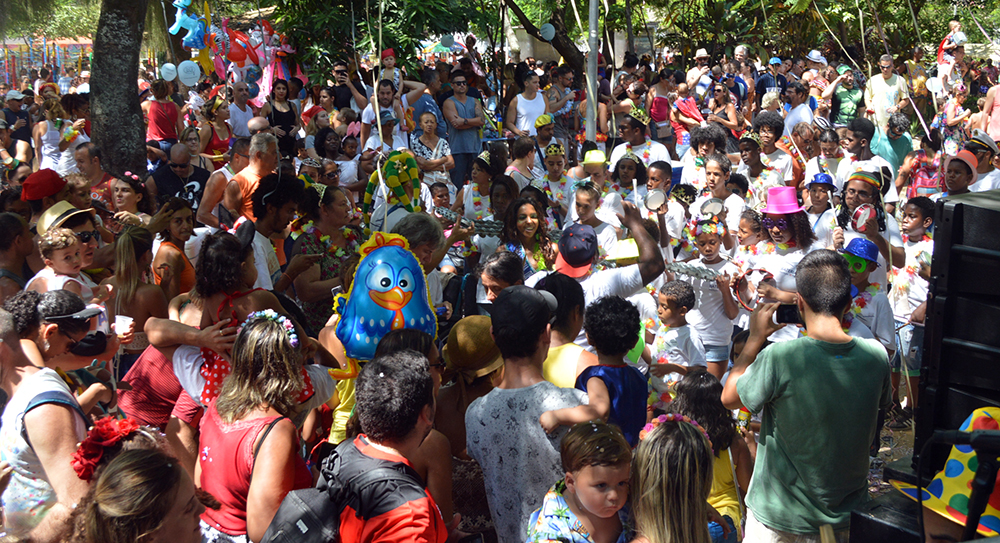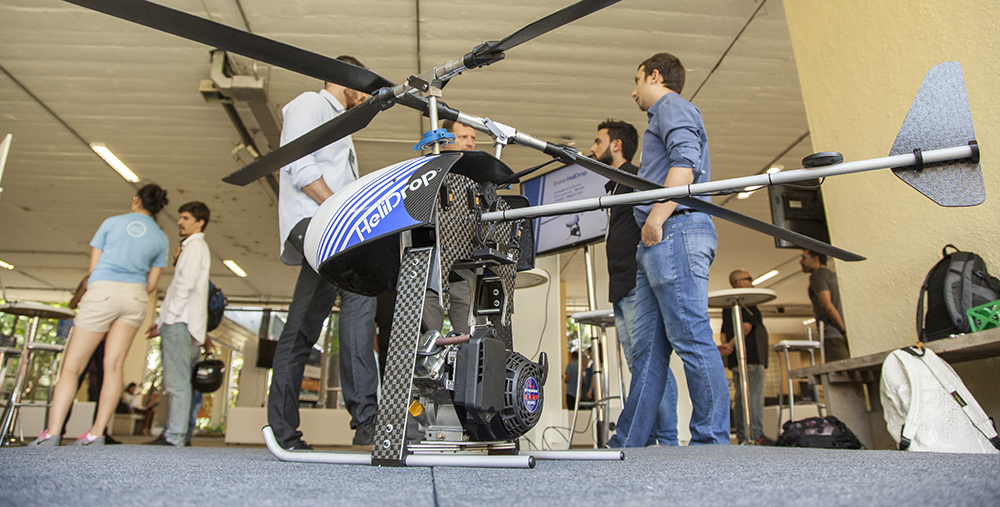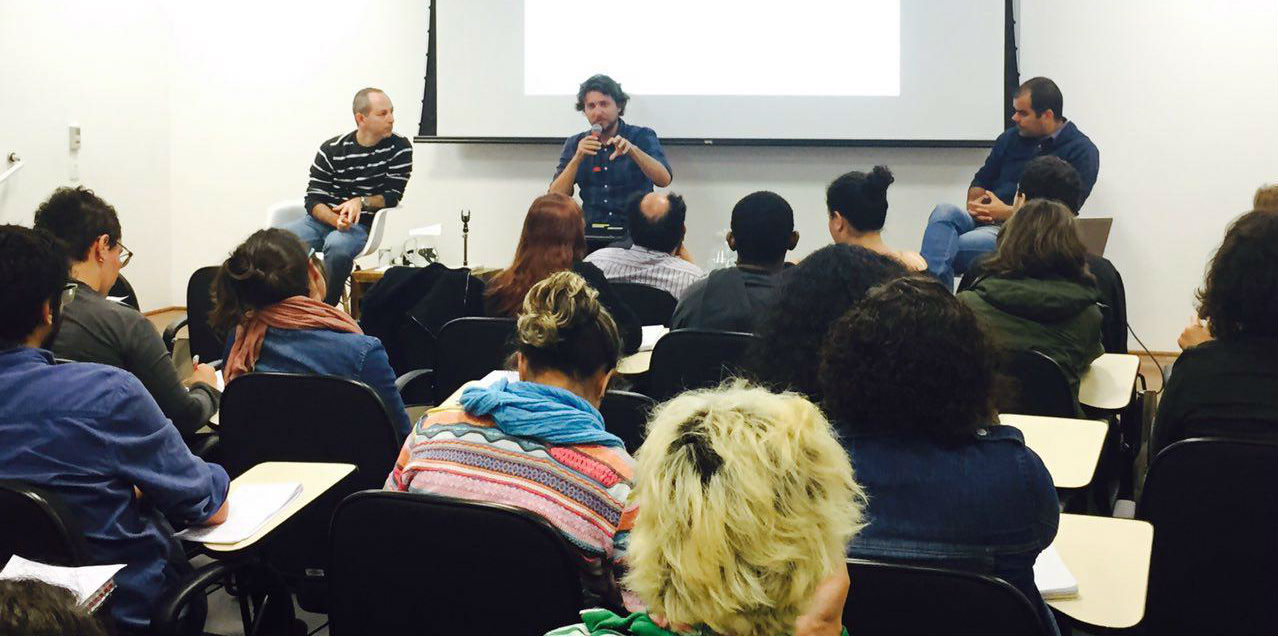
The course Collaborative Digital Platforms, from the Research and Education Center of Sesc São Paulo, had around 80 participants in the two days in which it was held, on September 20th and 21st. The platform Mapas Culturais was one of the highlights of the content covered in the course, that brought together managers from the Culture departments of São Paulo and cities in the state (including the capital), cultural producers, researchers and students.
The course was part of the monthly schedule of the Research and Education Center and was composed of four tables with 11 lecturers in total. The first table addressed the restructuring process of the National System for Cultural Information and Indicators (SNIIC), of the Ministry of Culture (MinC), and the migration to the Mapas Culturais platform, besides discussing semantic web and culture ontology. On the following table, lecturers explained the features of Mapas, the governance of the project and the organization of digital culture in the last decade.
The discussion on the next day started with a table about generation of indicators for cultural management, the integration of the platform with databases and the analysis and spatialization of data in a map. At last, some initiatives of collaborative digital platforms were presented, especially the platforms SP Cultura and SP Estado da Cultura, installations of Mapas in the city and state of São Paulo.
“The course had more demand than available seats, and it gave us the dimension that we will certainly provide more courses in this area”, states the researcher from Research and Education Center Daniela Ribas, responsible for creating the course. “It is a very important topic for cultural management and it should be part of the schedule.” Daniela became aware of Mapas Culturais through the Culture Glossary Work Group, held in partnership between MinC and the Federal University of Goiás. “It was only then that I got to know SNIIC’s restructuring project and got acquainted with the subject”, she says.
The developer Leonardo Germani, who is integrant of Mapas network and was the general coordinator of MinC’s Cultural Information Monitoring, participated as a lecturer in both tables on the first day and said that the feedback of the audience was very positive. “It was an opportunity to get to know not only the tool itself and its features, but also its history, how it was conceived, with which premises, which problems it tries to solve. It provided a wider context”, he says.
Daniela mentions that Mapas is an indispensable tool for allowing the addition of many layers of necessary information for cultural management and for people in general. “These layers give the perspective that cultural management involves the society’s collaboration. It is not done only in the office, the society has to be a part of it”, she emphasizes. For the researcher, collaborative platforms give transparency to the information and qualify public policies from the generated indicators.
“The growing interest in the platform shows that it really tries to solve a demand that exists in cultural management and that it was correctly conceived”, Leonardo adds. He highlights that it is essential that the network works together to continue with the project’s development and to keep its sustainability.
